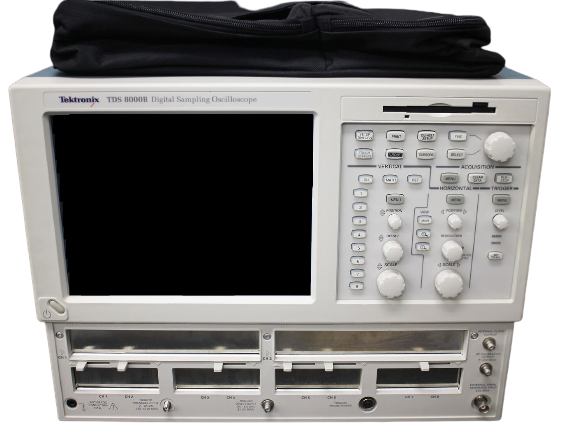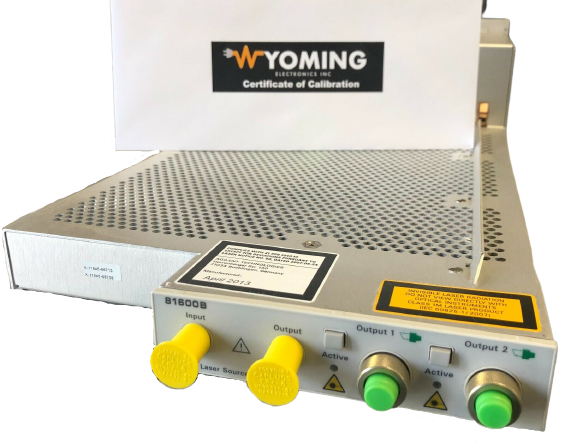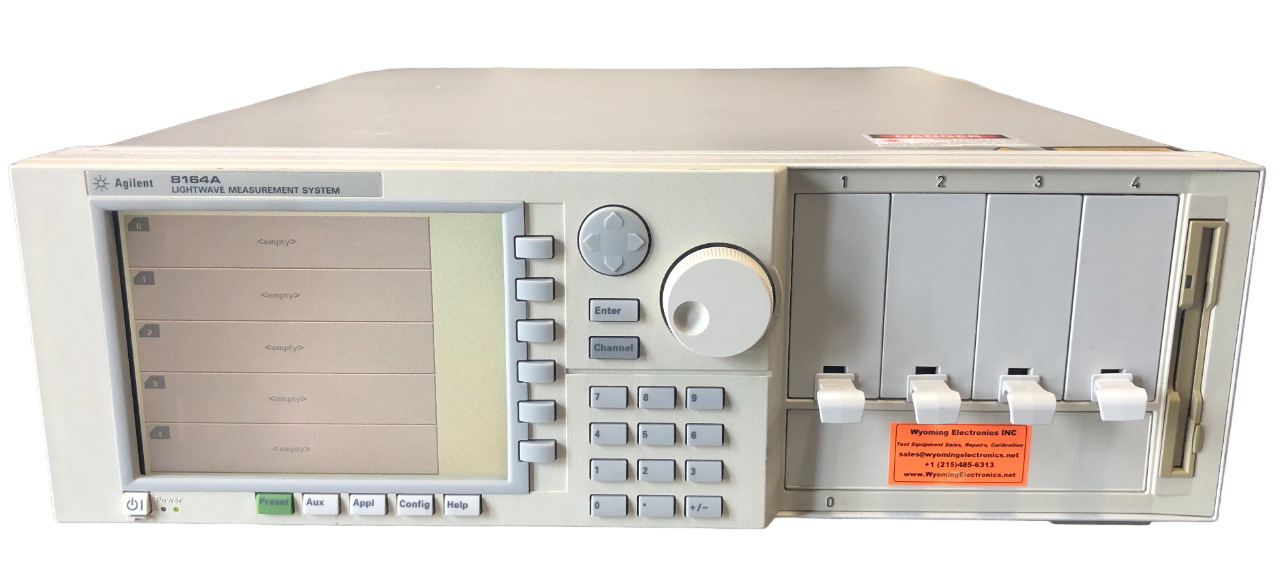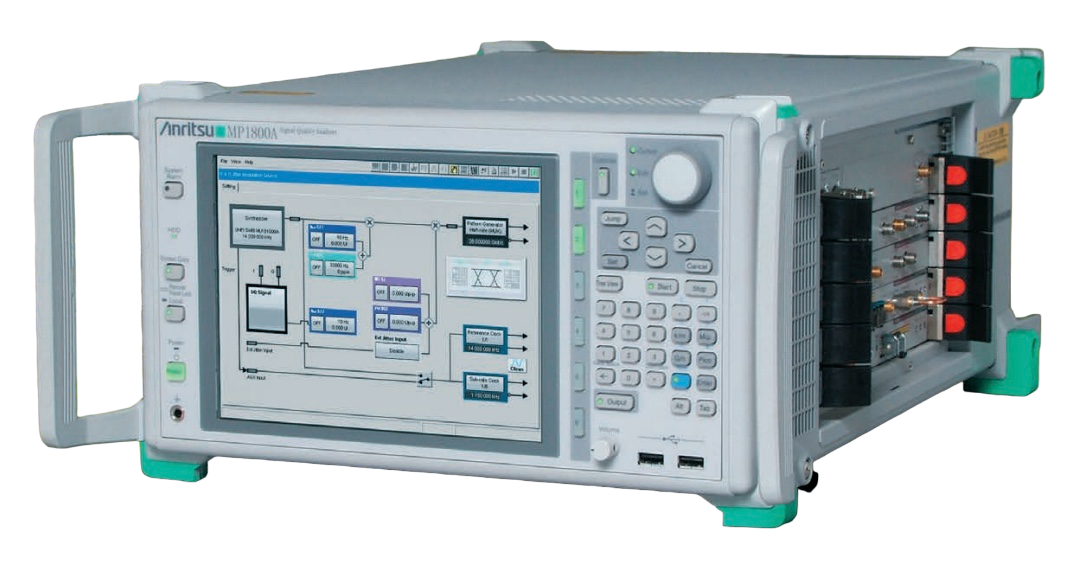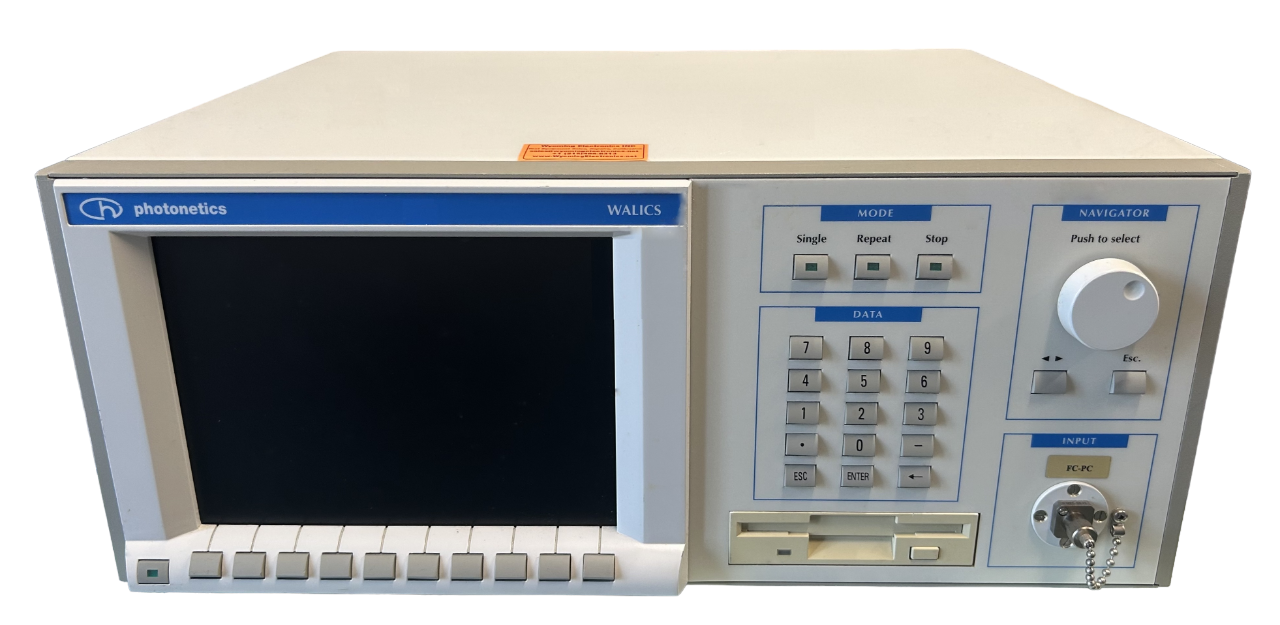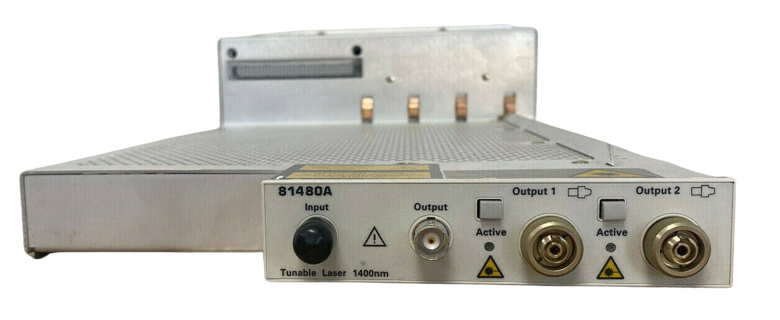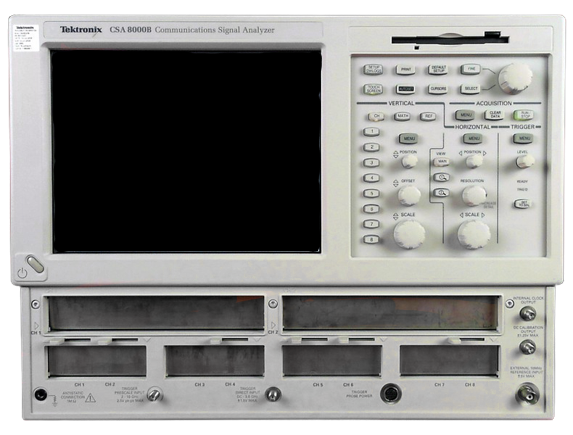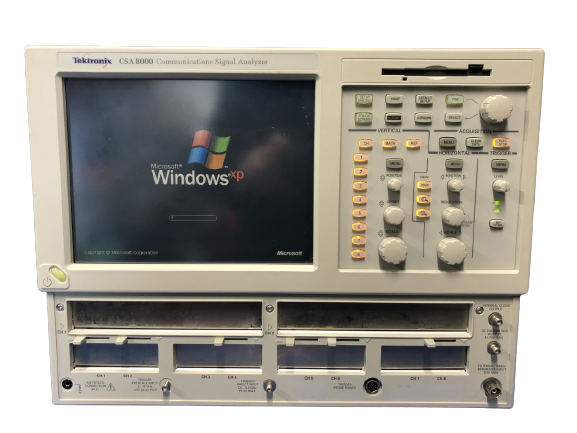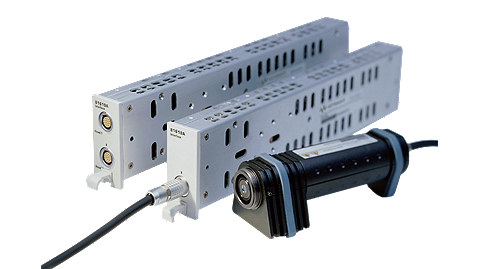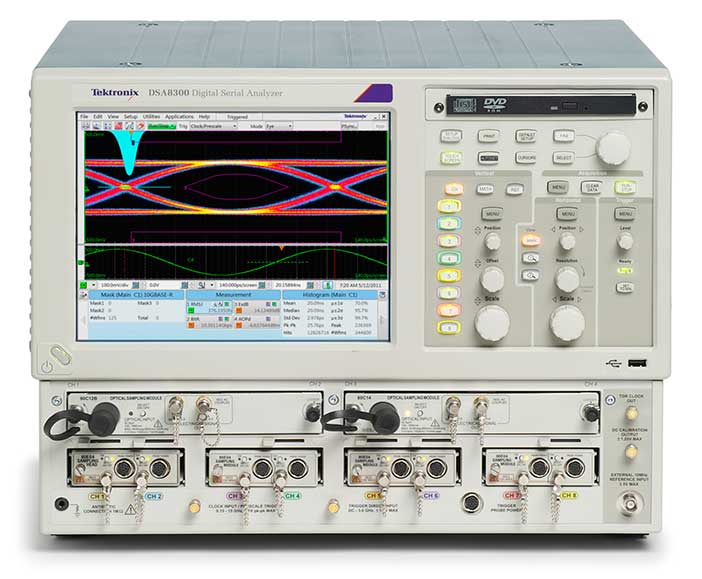Expert Technicians
Original Parts
Fast Turn-Arounds
Maintenance Plans
Specialized Repair and Calibration Services for WA-7600 Wavelength Meter
At Wyoming Electronics Inc., we offer premier repair and calibration services for the WA-7600 Wavelength Meter, ensuring your equipment functions with precision and reliability. Our skilled technicians are proficient in addressing a wide array of technical issues, employing state-of-the-art tools and extensive expertise to deliver fast and effective solutions.
Comprehensive Repair Services for WA-7600 Wavelength Meter
The WA-7600 Wavelength Meter is an essential tool in photonics labs for its ability to measure wavelengths and optical power with high accuracy. Despite its advanced capabilities, certain technical issues may arise that require professional attention. Our service offerings cover all major and minor problems associated with this sophisticated instrument.
Key Repair Services Include:
- Wavelength and Power Measurement Failures:
- We address issues where the WA-7600 cannot read wavelength or power readings accurately, ensuring precise calibration and functionality.
- Display and Signal Detection Issues:
- We repair faults causing no display or the inability to find optical signals, restoring full operational visibility and functionality.
- Mechanical and Operational Concerns:
- We resolve problems with stuck or broken power buttons and any other mechanical issues that hinder the device’s usability.
- Laser and Optical Power Errors:
- We fix laser errors and issues resulting in low optical power readings, recalibrating the system for optimal performance.
Steps to getting your Burleigh WA-7600 fixed:
1) Fill our RMA form here, and ship us your defective WA-7600
2) We will perform free evaluation and quote you with lead time
3) You will accept or decline the repair
4) We will repair and or return your WA-7600
When repairing and calibrating the WA-7600 Wavelength Meter, our approach at Wyoming Electronics Inc. is meticulous and thorough, aimed at ensuring each component and function meets or exceeds its specified performance standards. Below, we’ll elaborate on how we address and fix issues related to the key specifications of the WA-7600:
1. Wavelength Range and Uncertainty
Range: 1270 nm to 1680 nm (178 THz to 236 THz) Uncertainty: ± 0.3 pm (3?)
To maintain the precise wavelength range and minimize uncertainty, we first diagnose the instrument’s monochromator and optical path for any alignment issues or physical obstructions that could distort measurements. Calibrating wavelength accuracy involves adjusting the monochromator’s settings and verifying these adjustments with known standards. We use high-precision calibration sources that cover the entire range to ensure accuracy across all specified wavelengths.
2. Minimum Resolvable Separation
Separation: 30 pm
For resolving power issues such as minimum resolvable separation, we calibrate the optical resolution components. This involves fine-tuning the instrument’s diffraction grating and detector alignment, ensuring that the WA-7600 can distinguish between closely spaced wavelength peaks at the minimum specified separation.
3. Optical Power Uncertainty
Uncertainty: ± 0.5 dB (2?) within ± 30 nm of 1310 nm and 1550 nm
Calibrating optical power uncertainty is critical, especially around the key wavelengths used in telecommunications (1310 nm and 1550 nm). We address this by calibrating the instrument’s power meter using traceable optical power standards and checking the linearity of the detector’s response at these specific wavelengths. Any deviations are adjusted through firmware or hardware recalibrations to ensure compliance with the stated uncertainty limits.
4. Linearity in dB
Linearity: ± 0.3
To ensure that the linearity remains within ±0.3 dB, our calibration process includes verifying the logarithmic response of the system over its dynamic range. This involves measuring the response to a known signal across the specified dynamic range and adjusting system parameters to correct any non-linearity detected.
5. Optical Input
Input: Optimized for 9/125 µm fiber
Issues with the optical input typically involve ensuring the cleanliness and integrity of the input port and the correct alignment with the 9/125 µm fiber. We inspect and clean all optical connectors and adapters, and realign or replace any damaged components to ensure optimal coupling and minimal insertion loss.
6. Voltage and Frequency
Range: 90 to 260 VAC, 50/60 Hz
The power supply unit (PSU) is calibrated and tested to handle the specified voltage and frequency range. We check for voltage stability and fluctuations and replace or repair components of the PSU if deviations from specified performance are found.
7. Instrument Interface
Interfaces: GPIB (IEEE-488.2), RS-232, and floppy disk drive
To address issues with the instrument interface, we perform tests on each communication port to ensure proper operation. This includes sending and receiving test data through GPIB and RS-232 interfaces and verifying the read/write functionality of the floppy disk drive. Any faults found are rectified by replacing faulty circuitry or updating firmware as needed.
Why Choose Wyoming Electronics Inc.?
- Expert Technicians: Our team consists of highly skilled professionals who specialize in photonics equipment, particularly wavelength meters like the WA-7600.
- Advanced Diagnostic and Repair Tools: We use the latest technology in diagnostics and repair to swiftly identify and correct issues, reducing downtime and ensuring your equipment returns to you in top condition.
- Transparent Pricing: Our maximum service charge is $4500, but each client receives a tailored quote after a thorough evaluation. This ensures you pay only for necessary repairs without any hidden costs.
- Quick Turnaround Time: We understand the importance of minimizing operational disruptions and strive to complete repairs quickly and efficiently.
- Range: 1270 nm to 1680 nm (178 THz to 236 THz)
- Uncertainty: (3?) (pm) ± 0.3
- Minimum resolvable separation(pm): 30
- Uncertainty (2?): ± 0.5 dB (at ± 30 nm from 1310 nm and 1550 nm)
- Linearity (dB): ± 0.3
- Optical input: 9/125 µm fiber
- Voltage and frequency: 90 to 260 VAC, 50/60 Hz
- Instrument interface: GPIB (IEEE-488.2), RS-232, floppy disk drive
Calibration Certificate included!
Get a Quote for Service
Call : 215-485-6313
sales@wyomingelectronics.net
Additional information
| Model | |
|---|---|
| MPN | |
| Brand | |
| Trademark |
Can’t find what you are looking for?

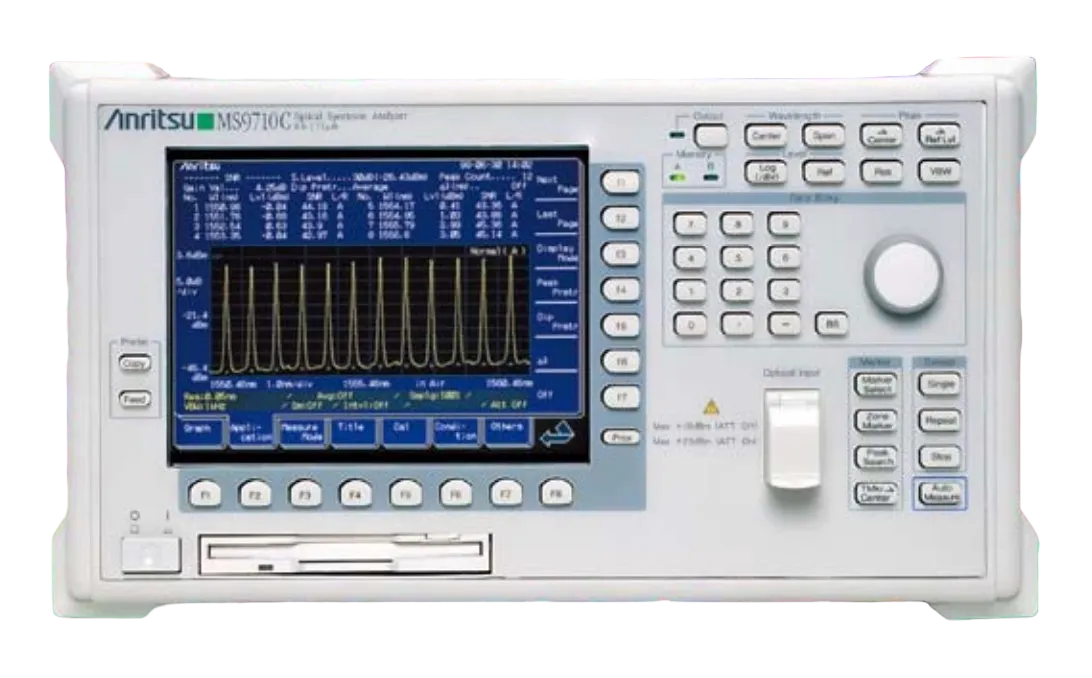 Spectrum Analyzers
Spectrum Analyzers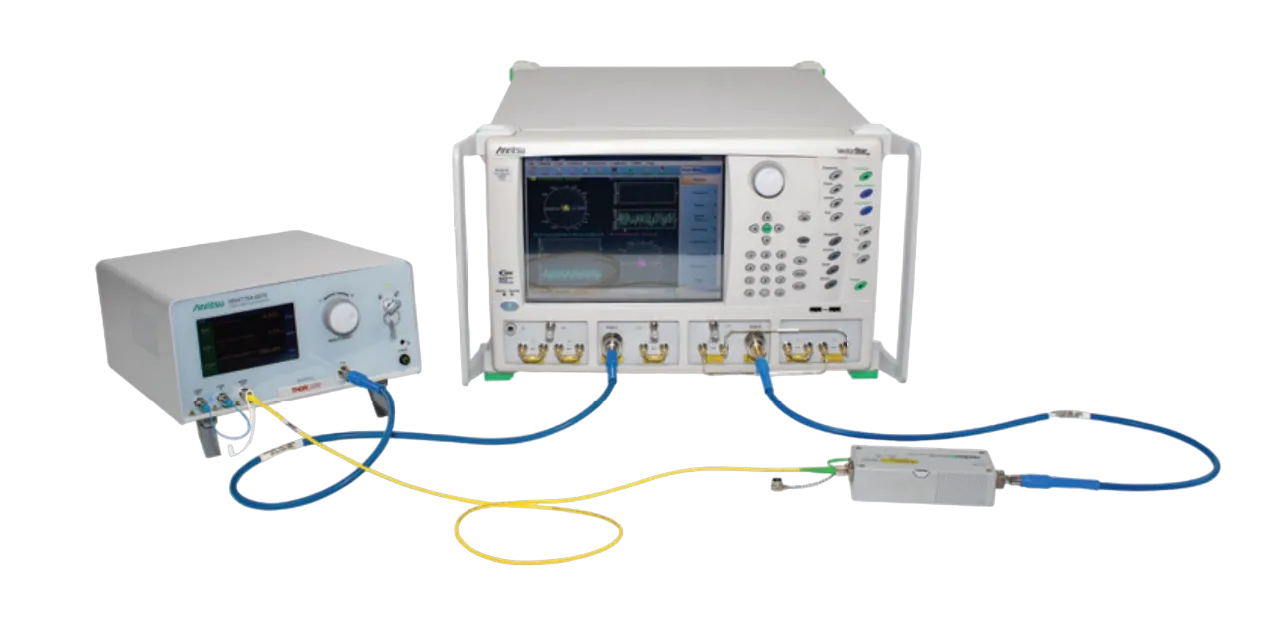 Network Analyzers
Network Analyzers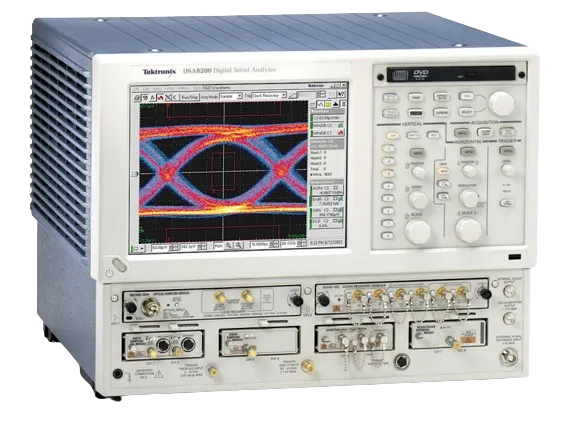 Signal Analyzers
Signal Analyzers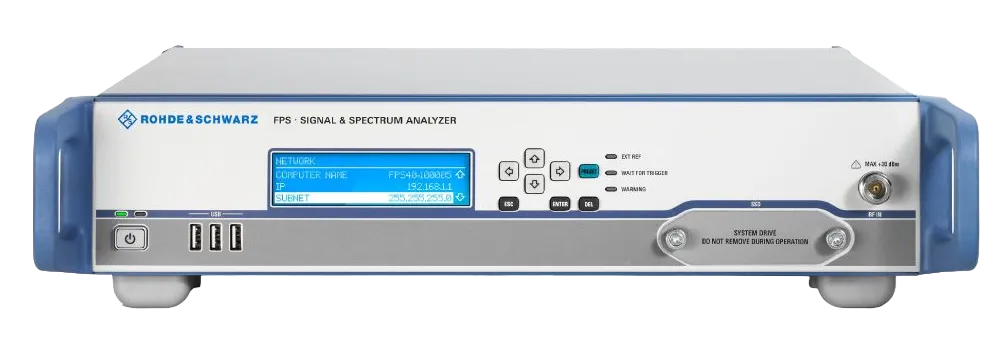 Logic Analyzers
Logic Analyzers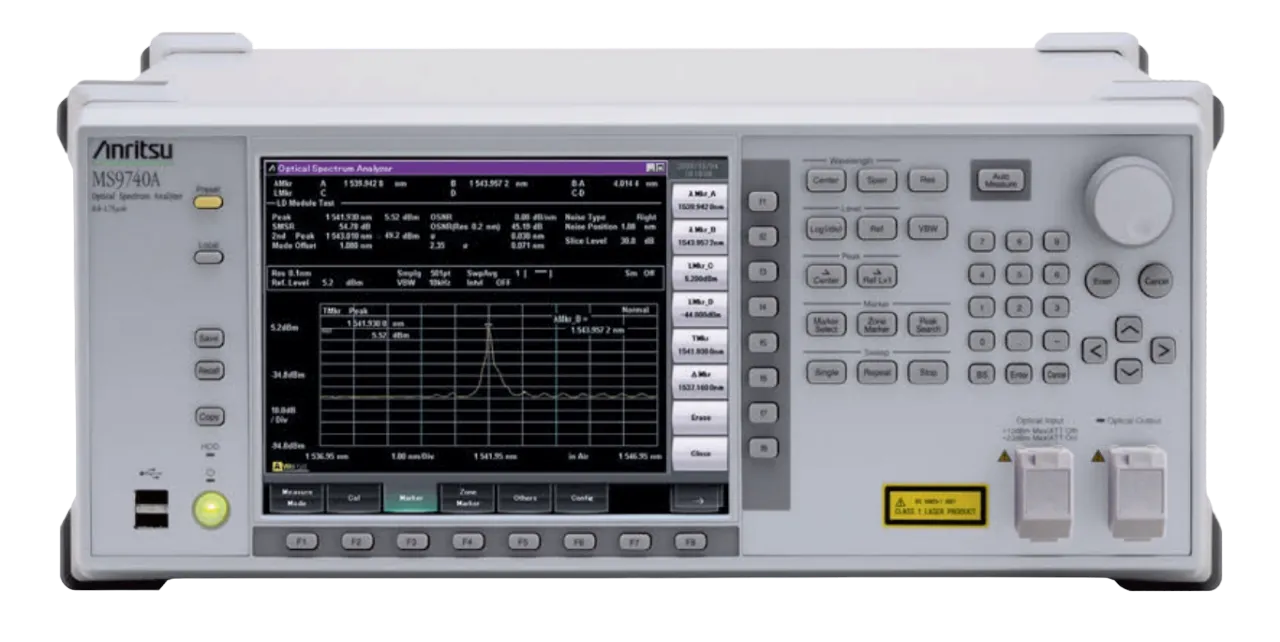 Optical Spectrum Analyzers
Optical Spectrum Analyzers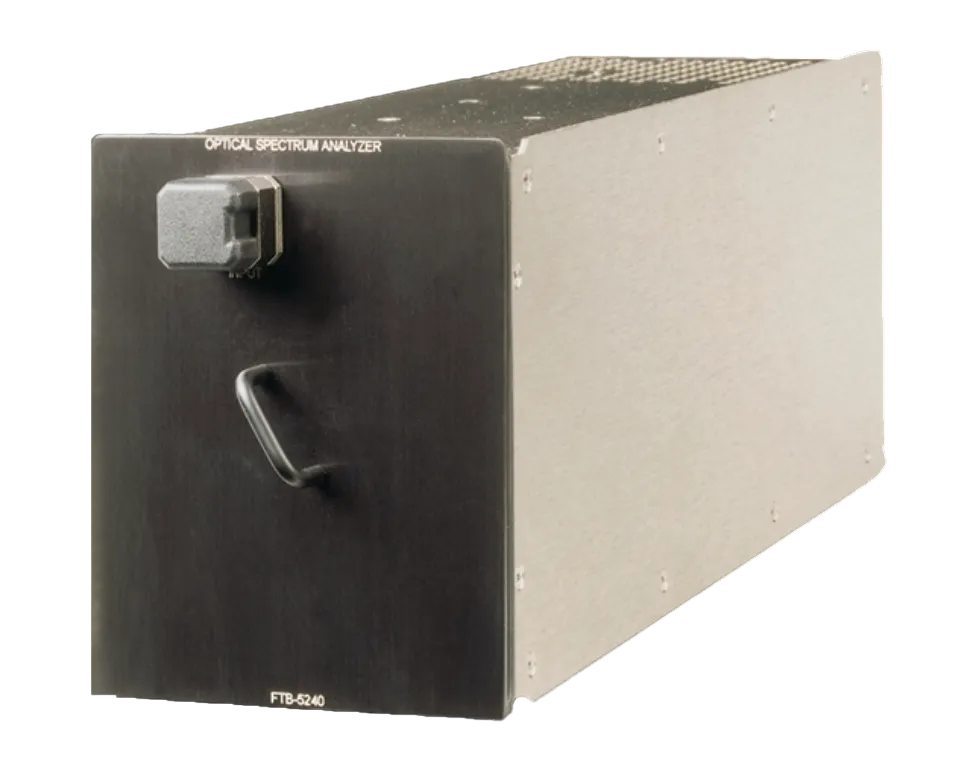 Other Analyzers
Other Analyzers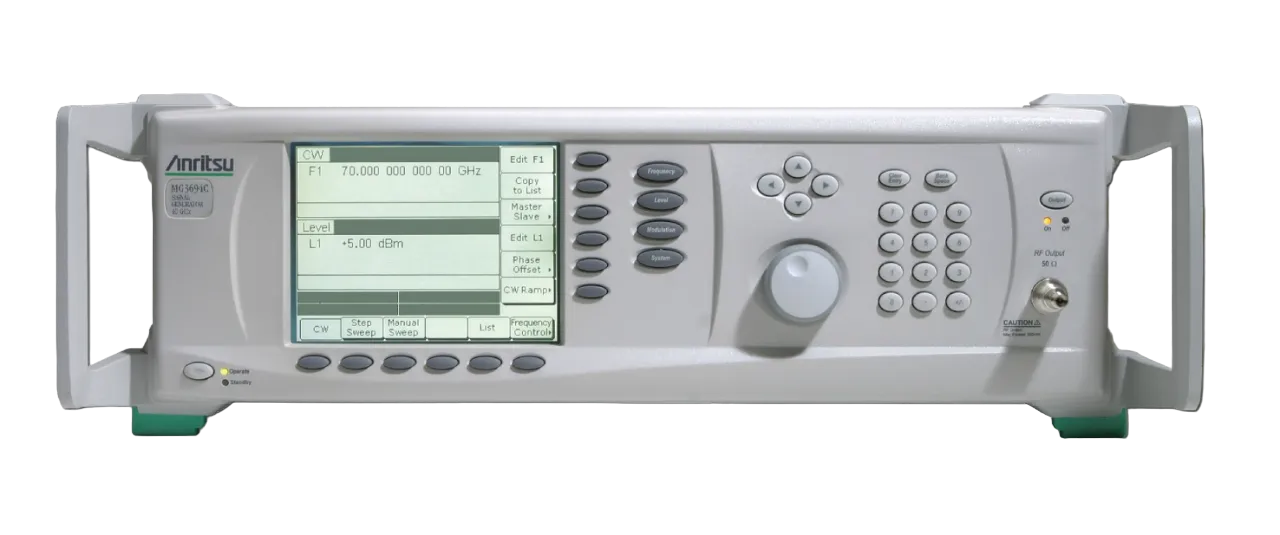 Signal Generator
Signal Generator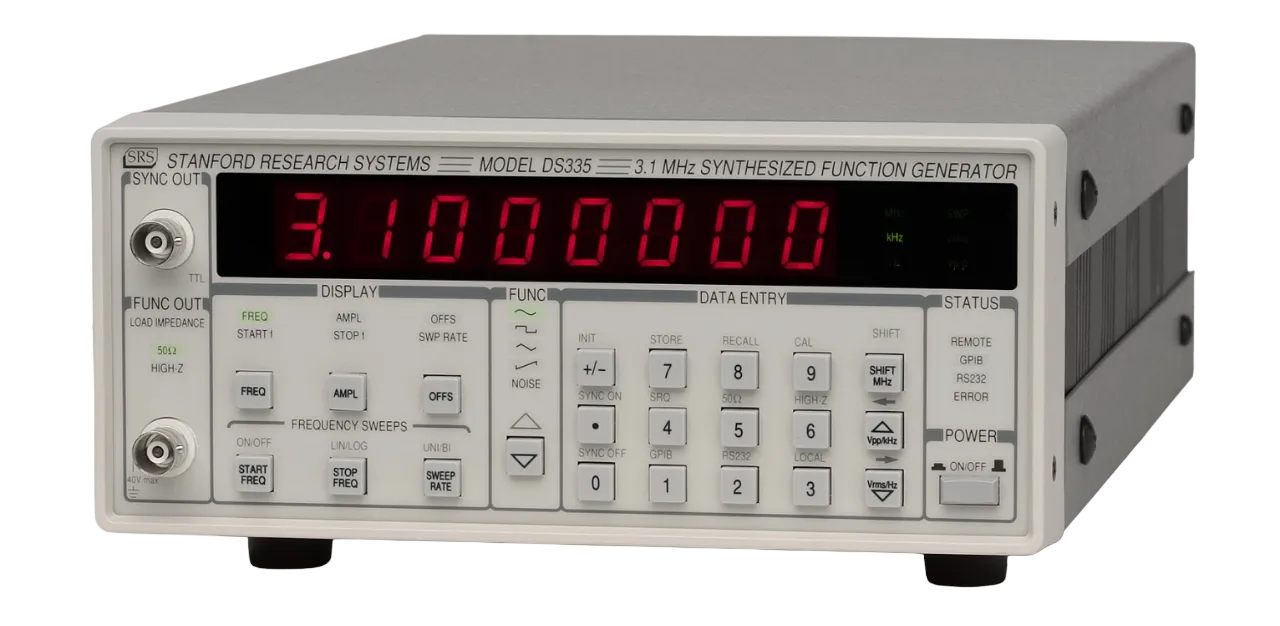 Function Generator
Function Generator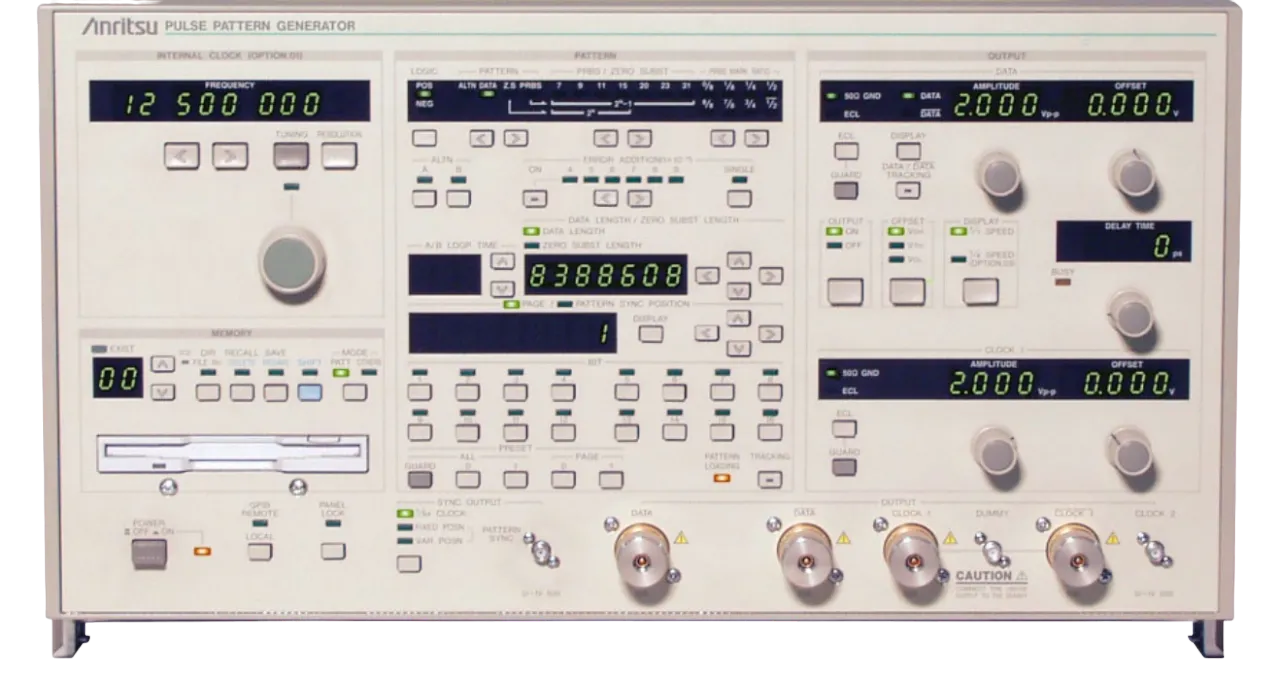 Pulse / Pattern Generator
Pulse / Pattern Generator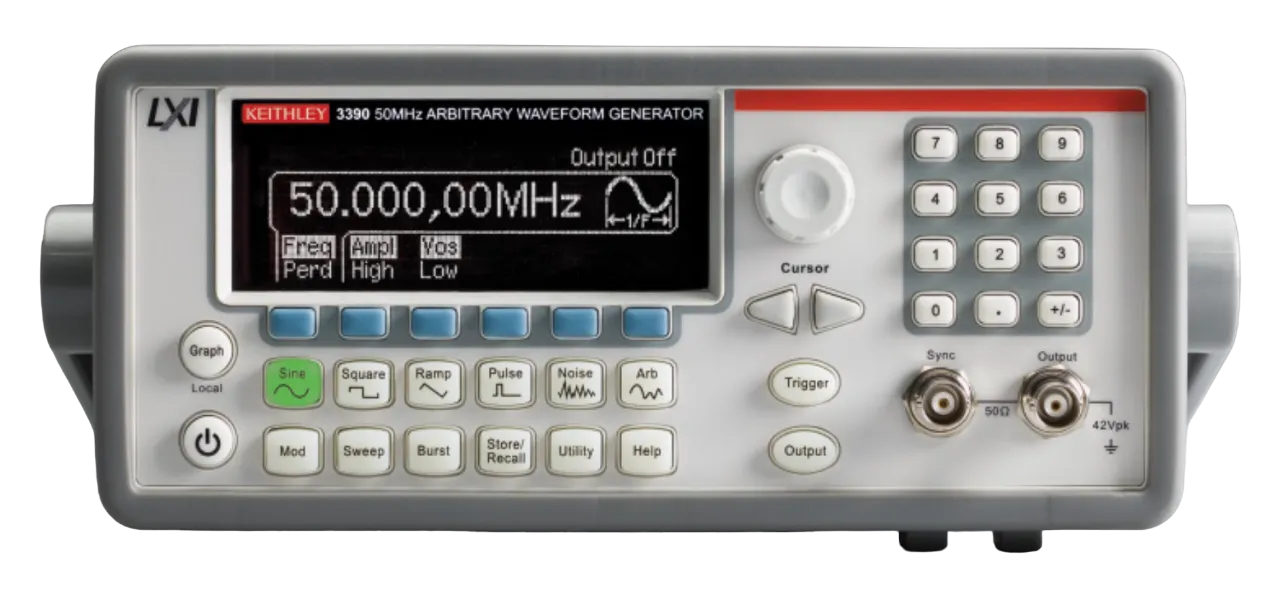 Waveform Generator
Waveform Generator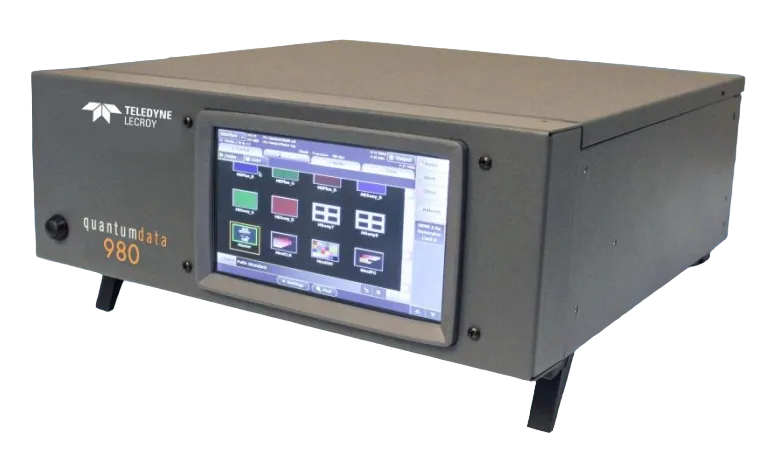 Other Generators
Other Generators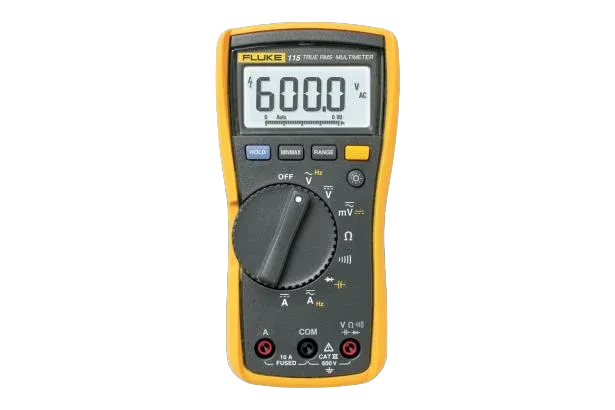 Digital Multimeter
Digital Multimeter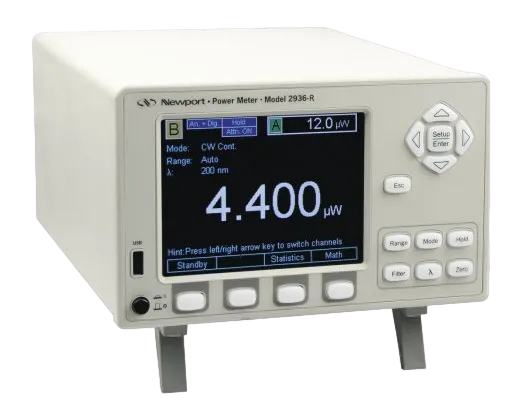 Power Meter
Power Meter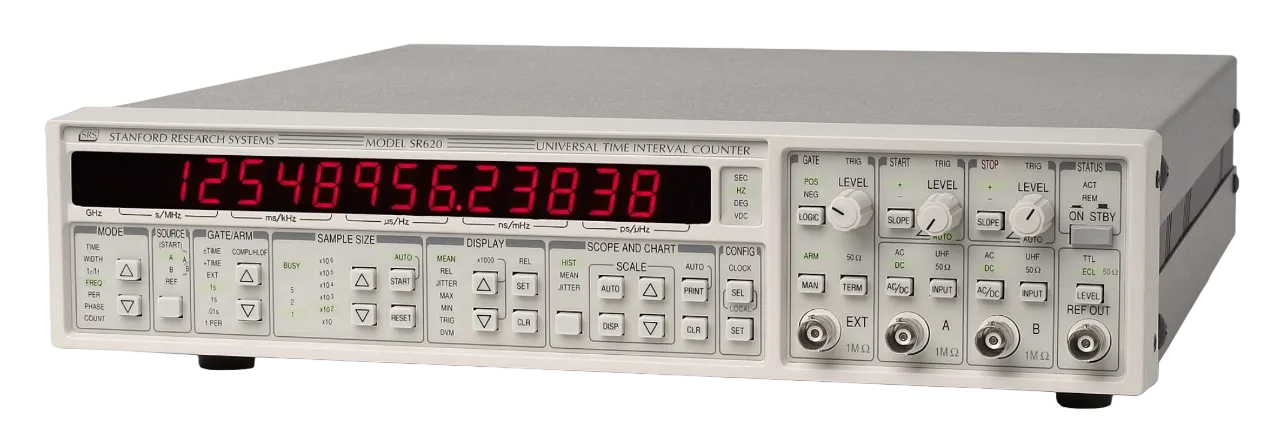 Frequency Counters
Frequency Counters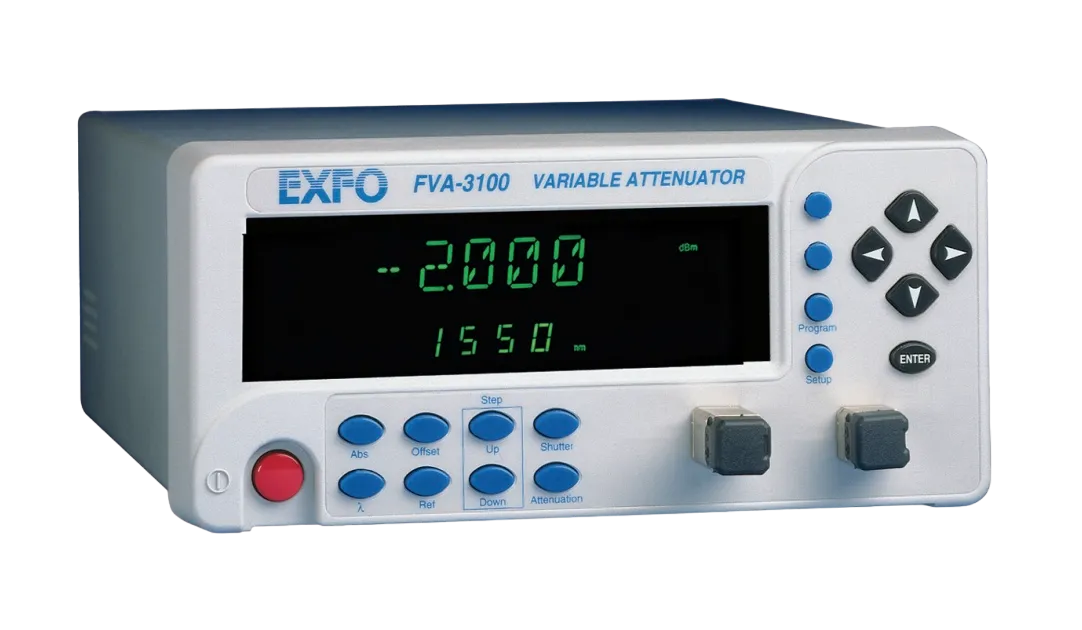 Optical Power Meter
Optical Power Meter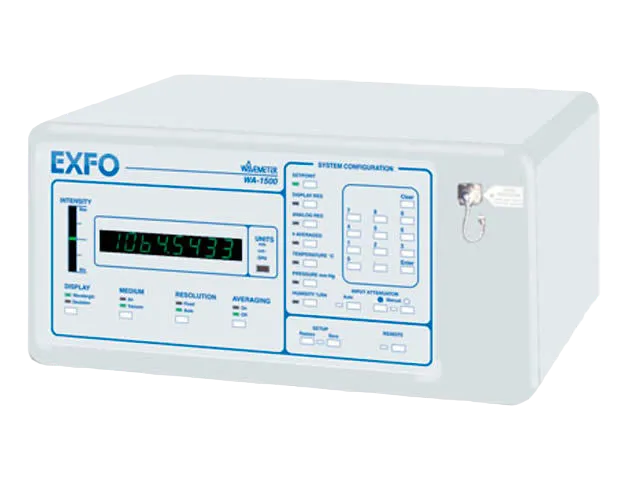 Wavelength Meter
Wavelength Meter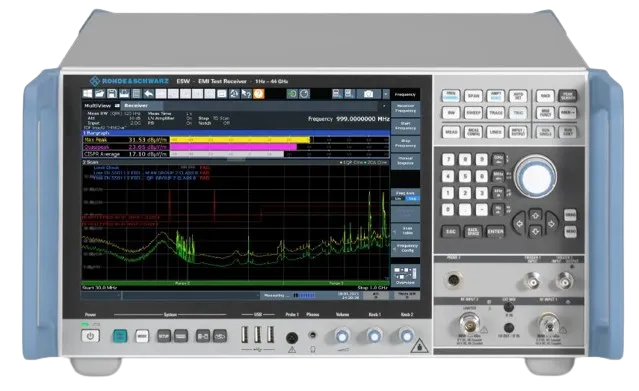 Receiver
Receiver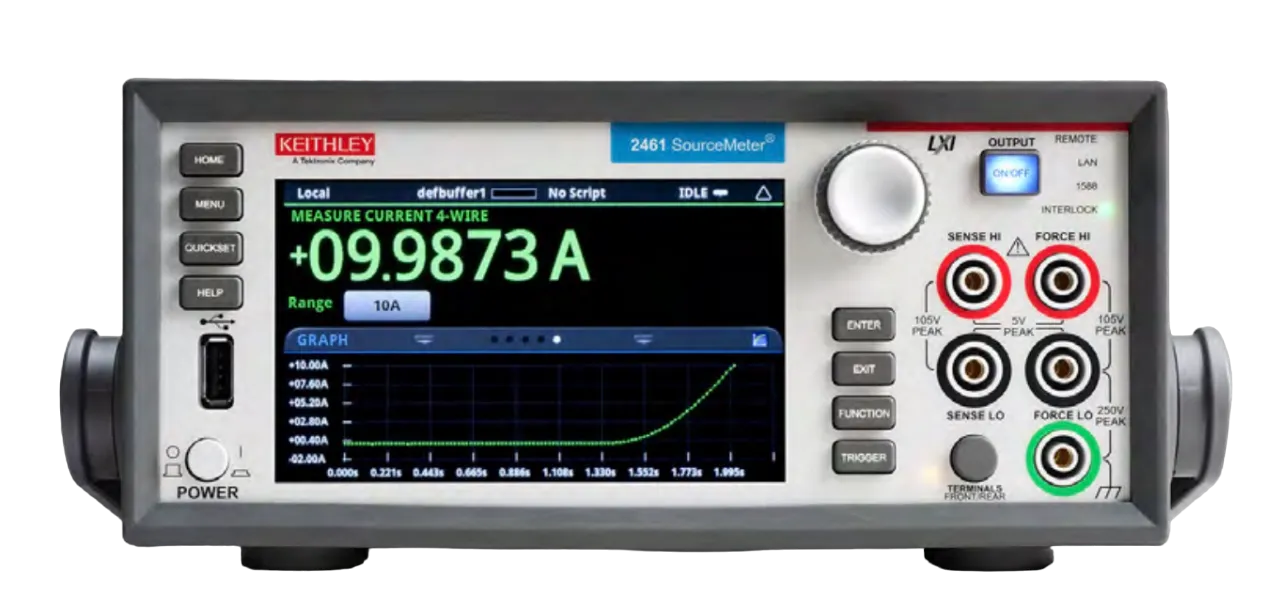 Current/Power Source Meter
Current/Power Source Meter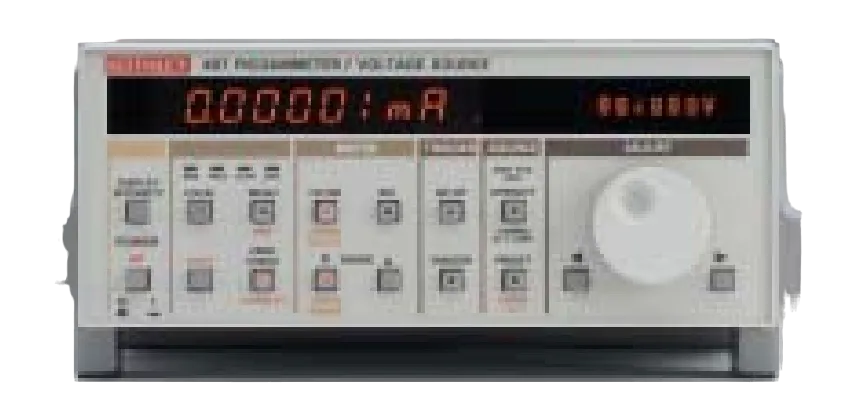 Picoammeter
Picoammeter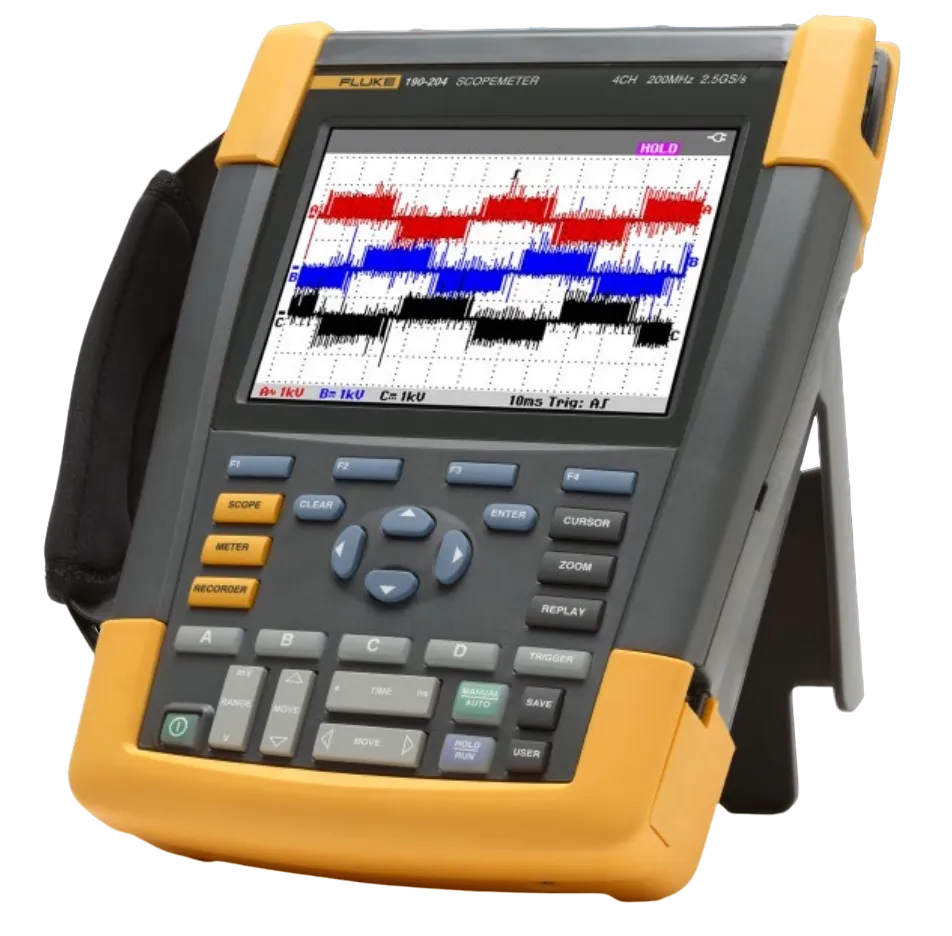 Other Meters
Other Meters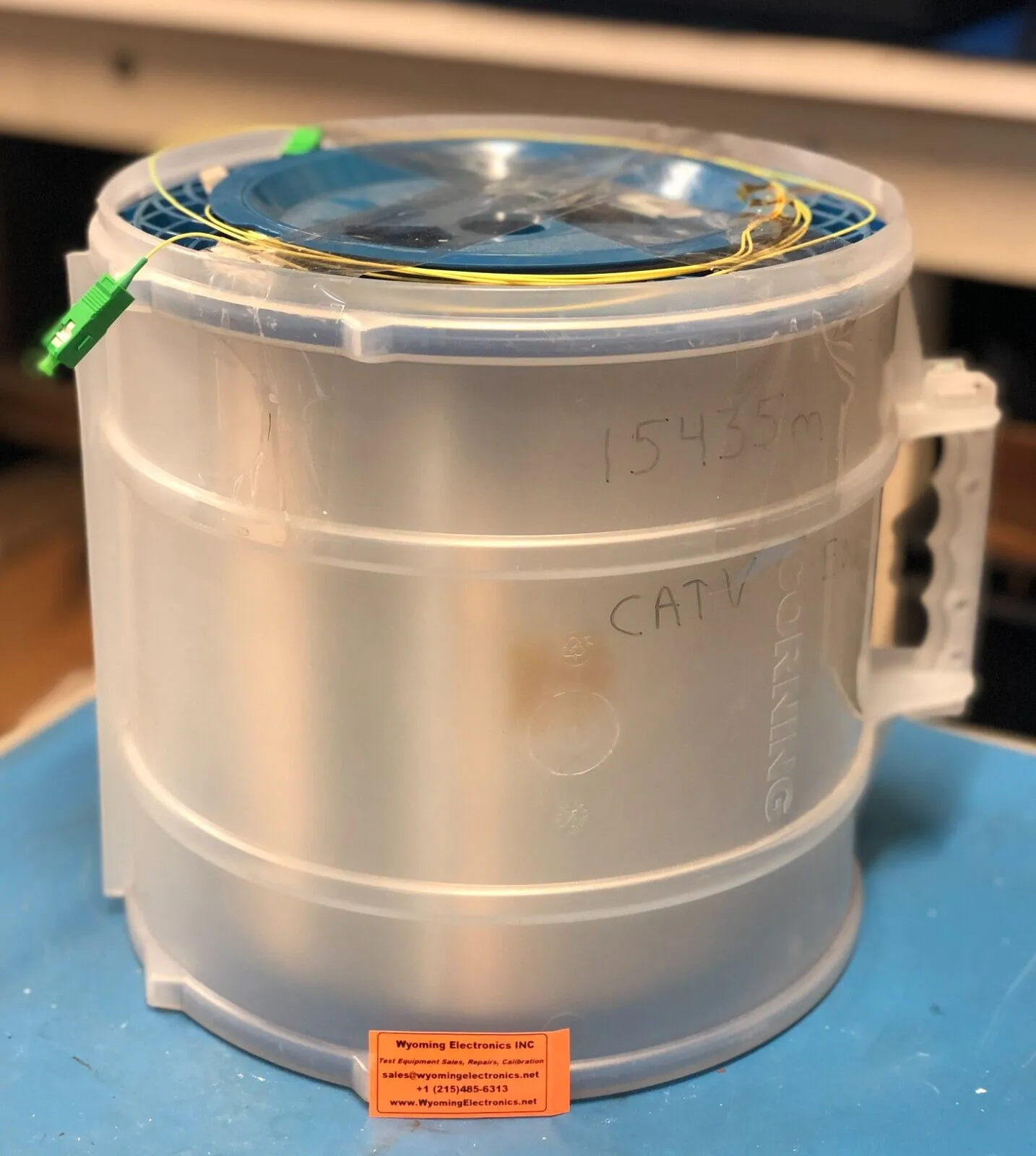 Optical Fiber
Optical Fiber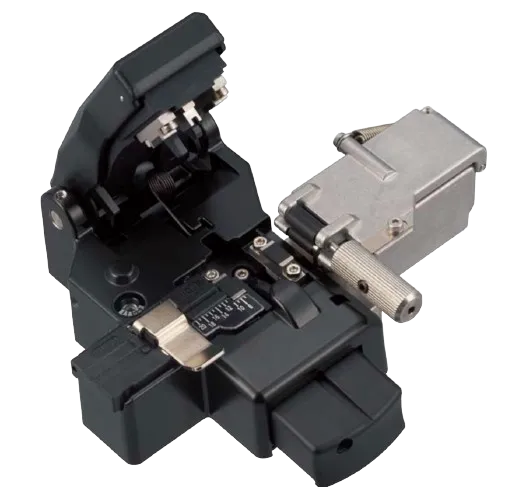 Fiber Cleaver
Fiber Cleaver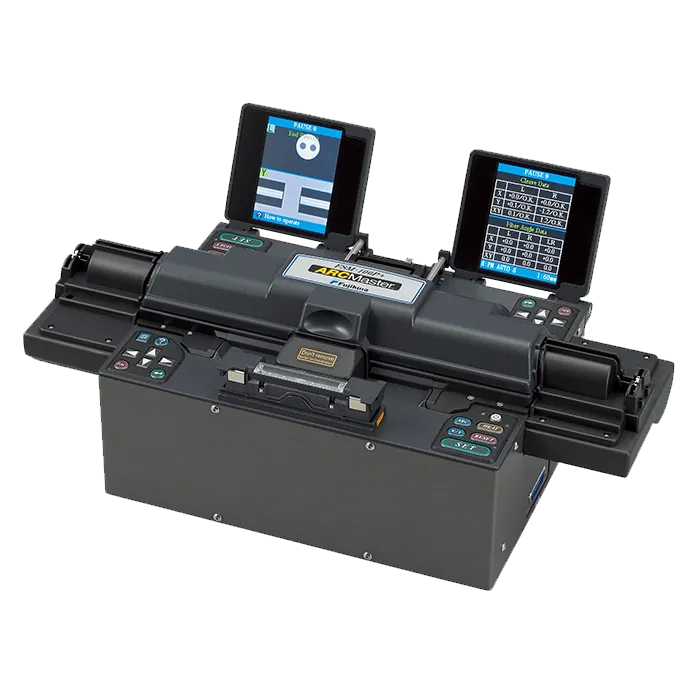 Fusion Splicer
Fusion Splicer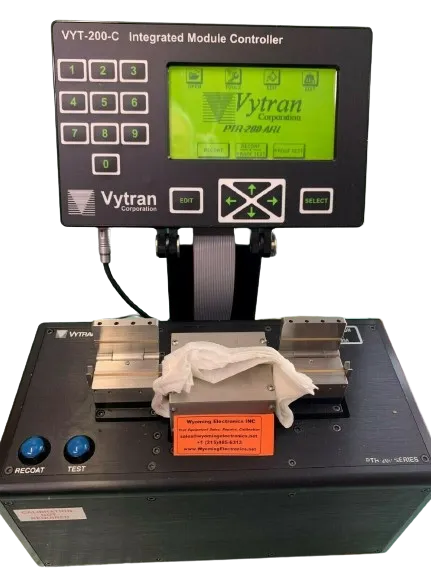 Fiber Recoater
Fiber Recoater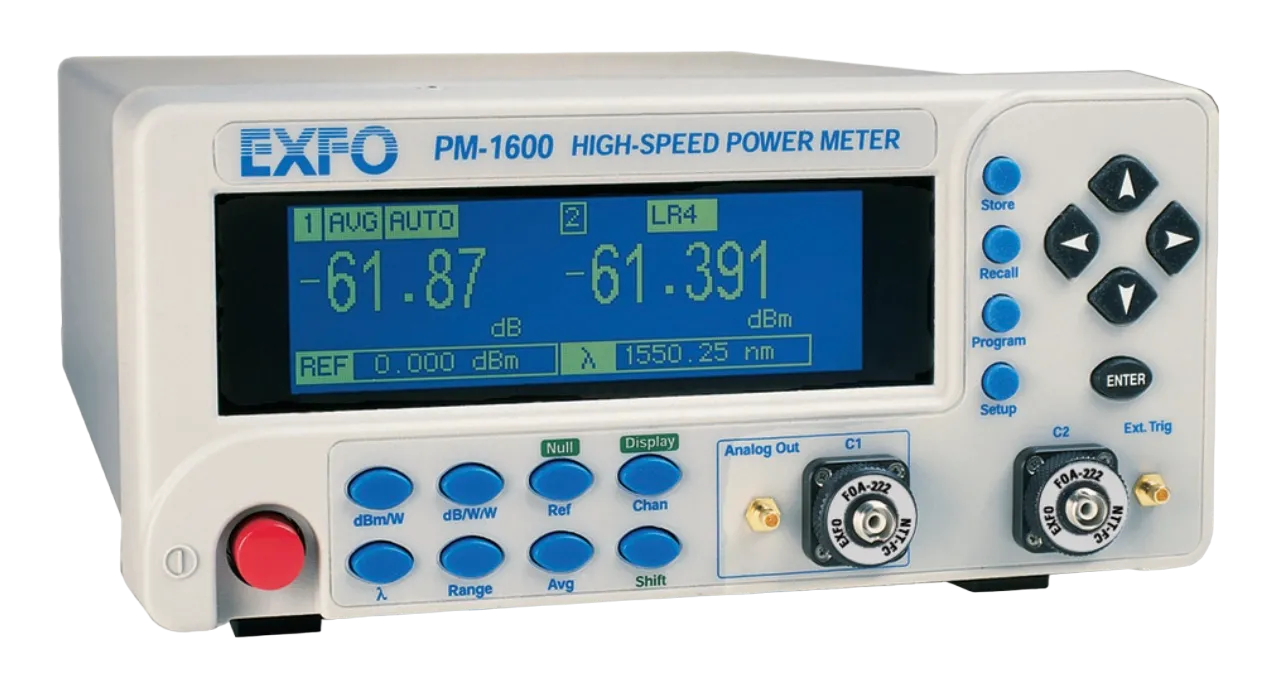 Optical Attenuator
Optical Attenuator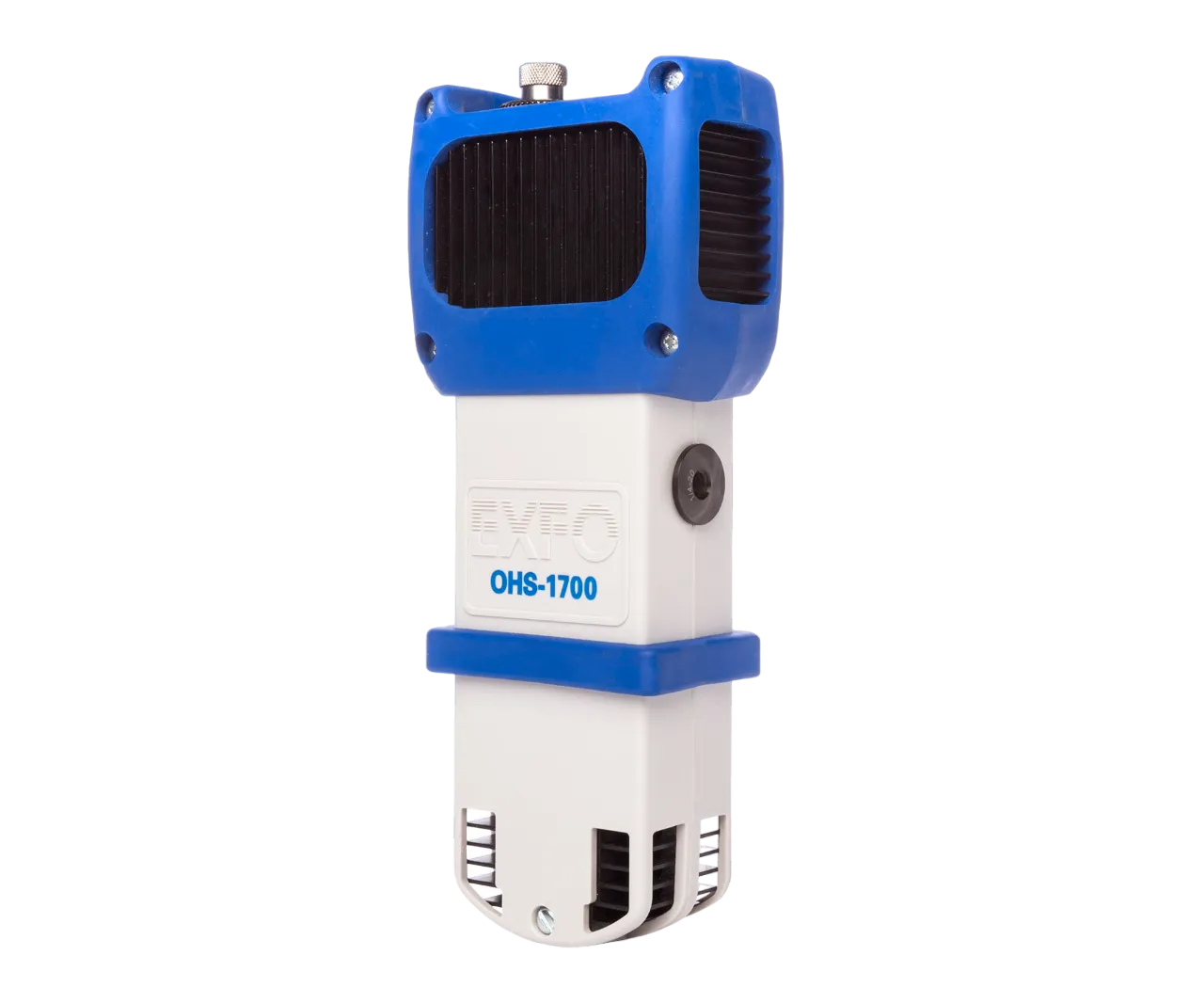 Optical Head
Optical Head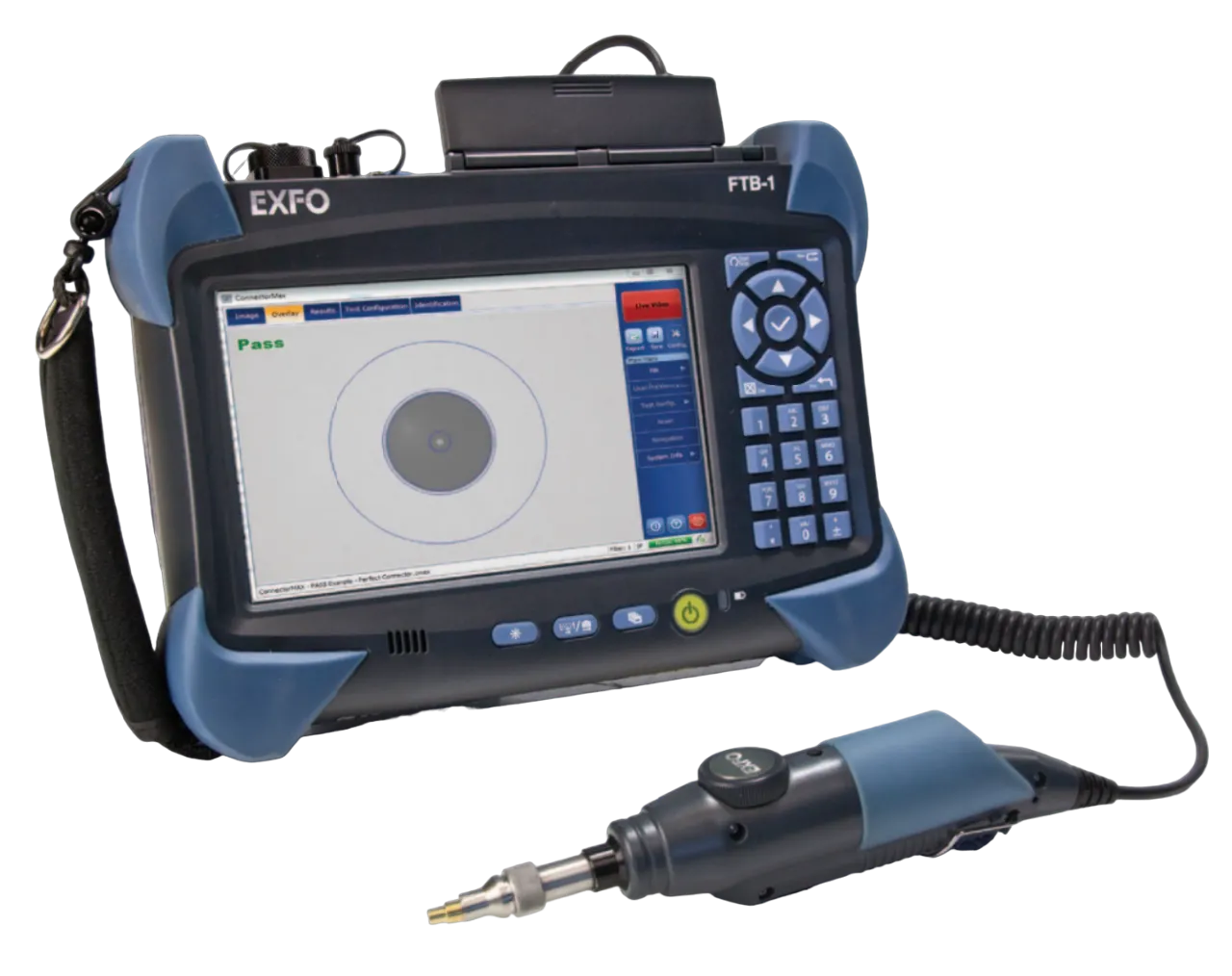 OTDR (Optical Time-Domain Reflectometer)
OTDR (Optical Time-Domain Reflectometer)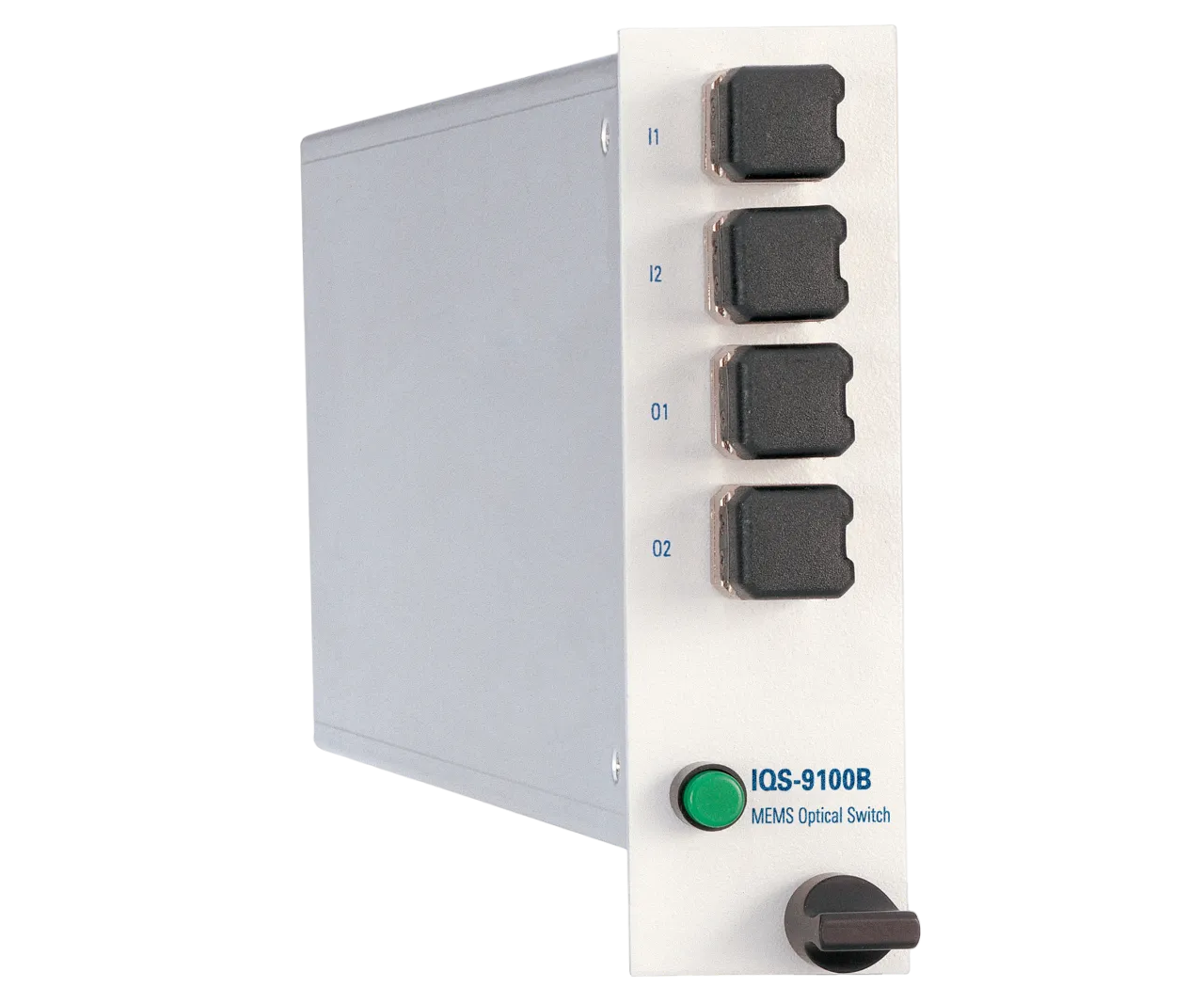 Other Optical Instruments
Other Optical Instruments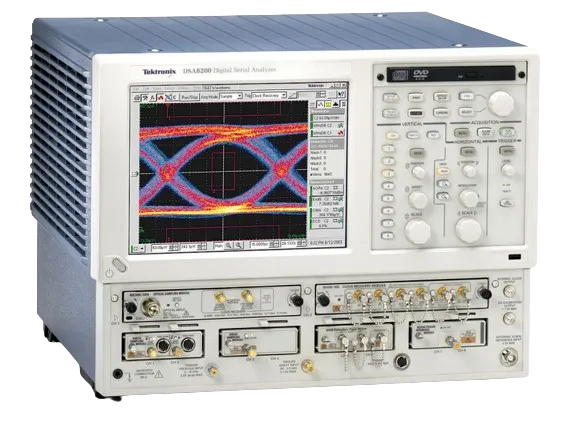 Oscilloscopes
Oscilloscopes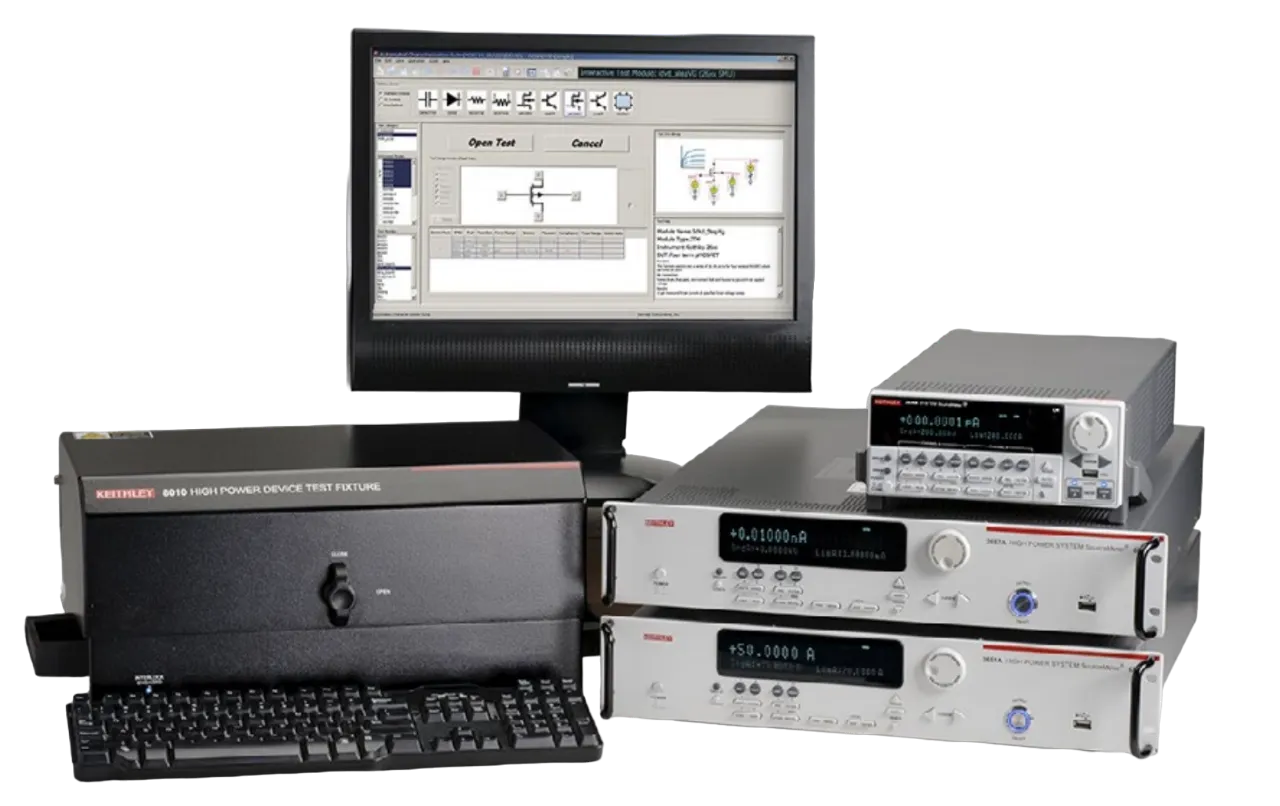 Curve Tracer
Curve Tracer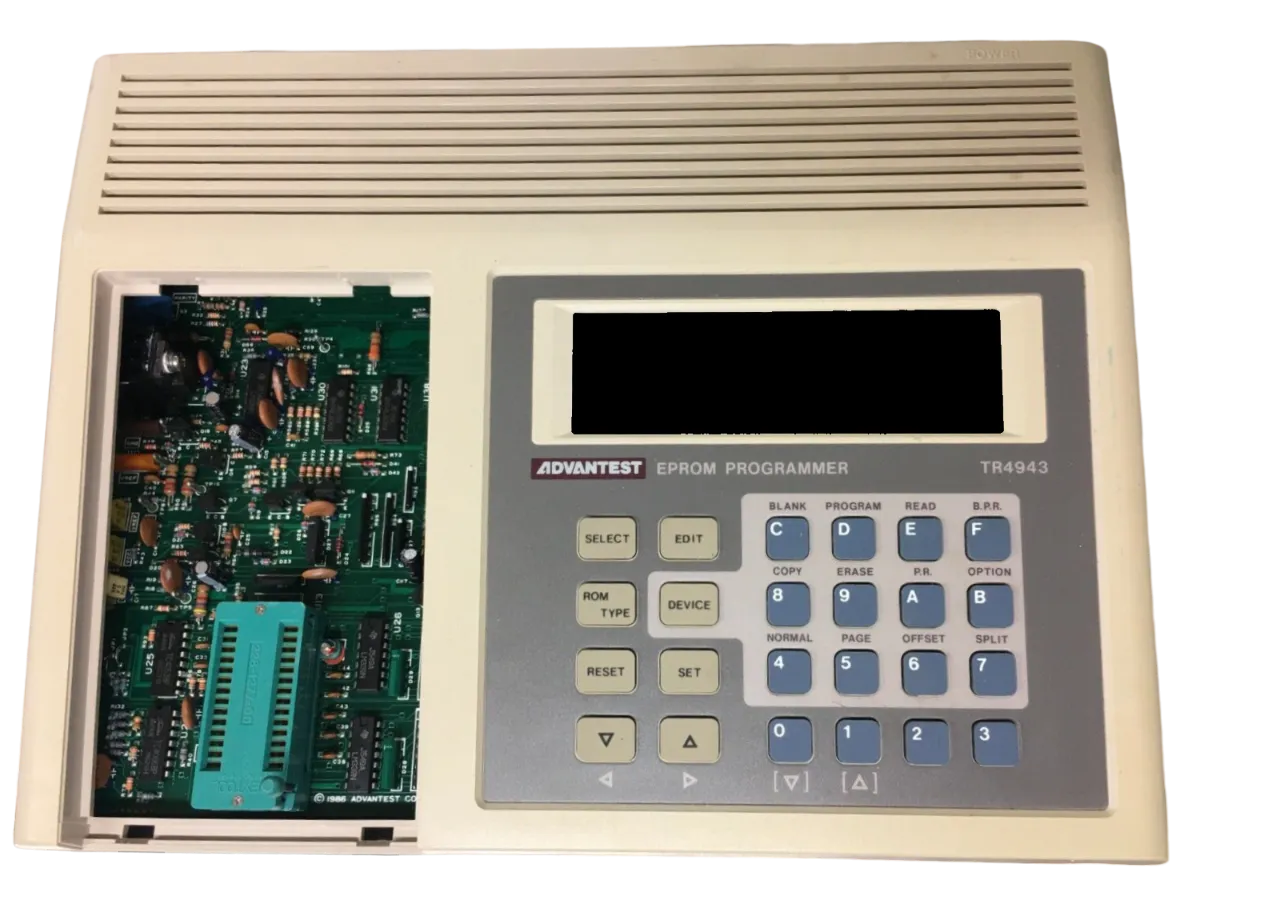 EPROM Programer
EPROM Programer Recorder
Recorder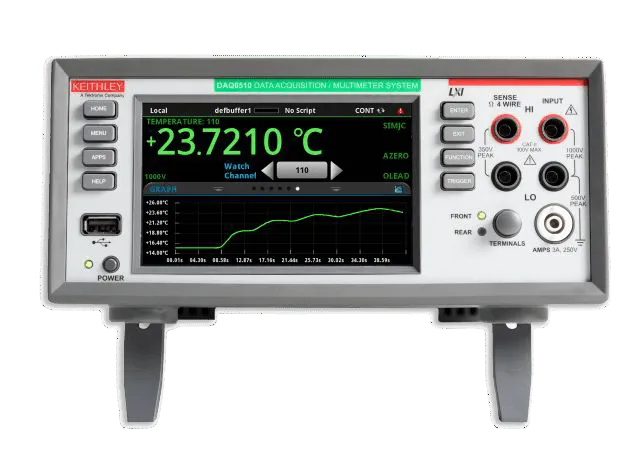 Data Acquisition System
Data Acquisition System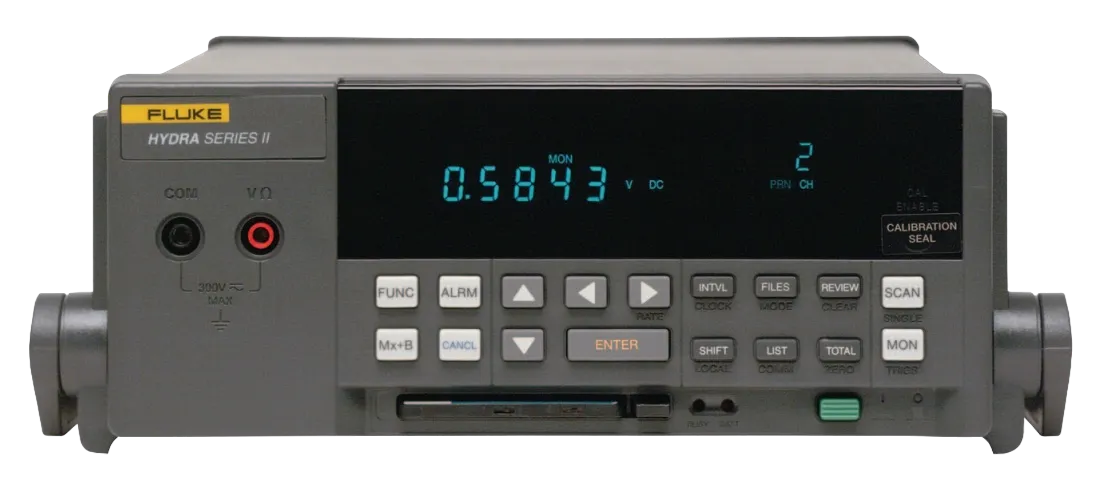 Data Logger
Data Logger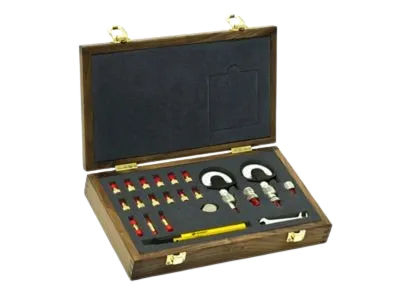 Calibration Kit
Calibration Kit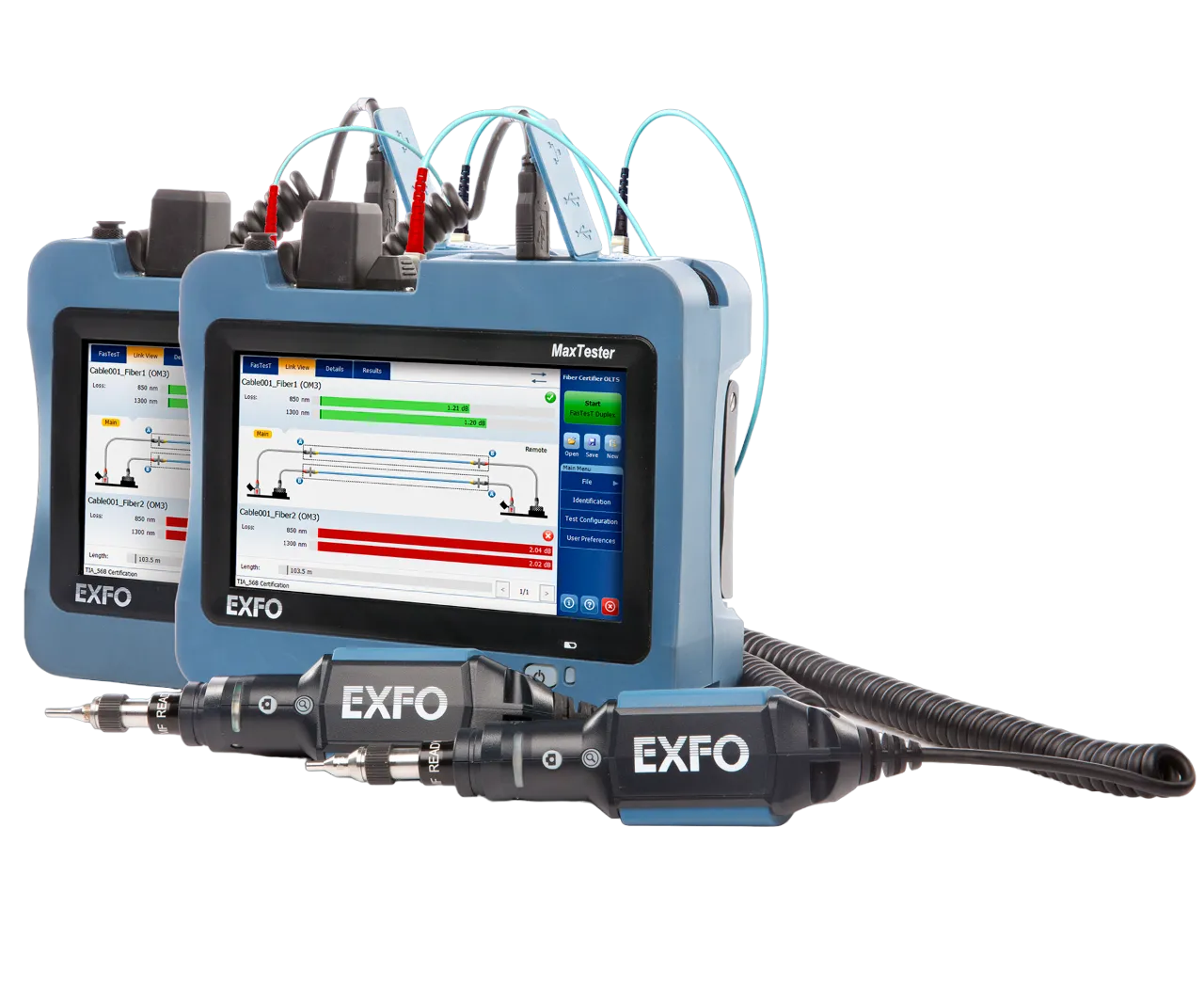 Test Set
Test Set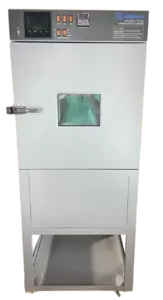 Test Chamber / Ovens
Test Chamber / Ovens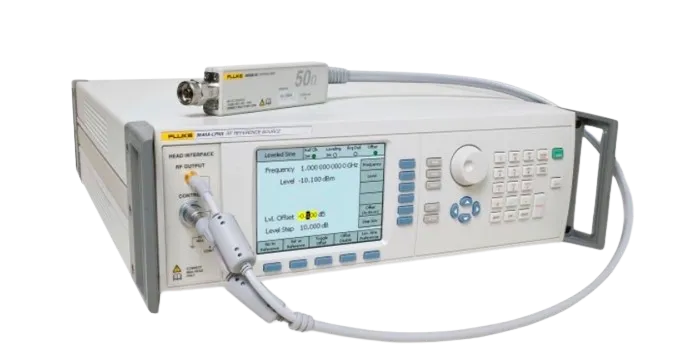 Calibrator
Calibrator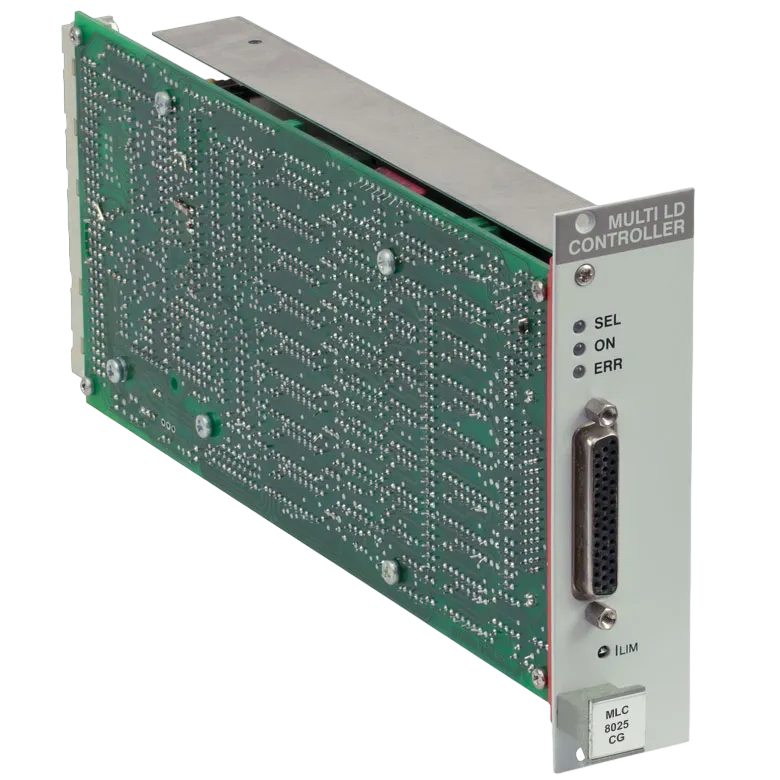 Controller
Controller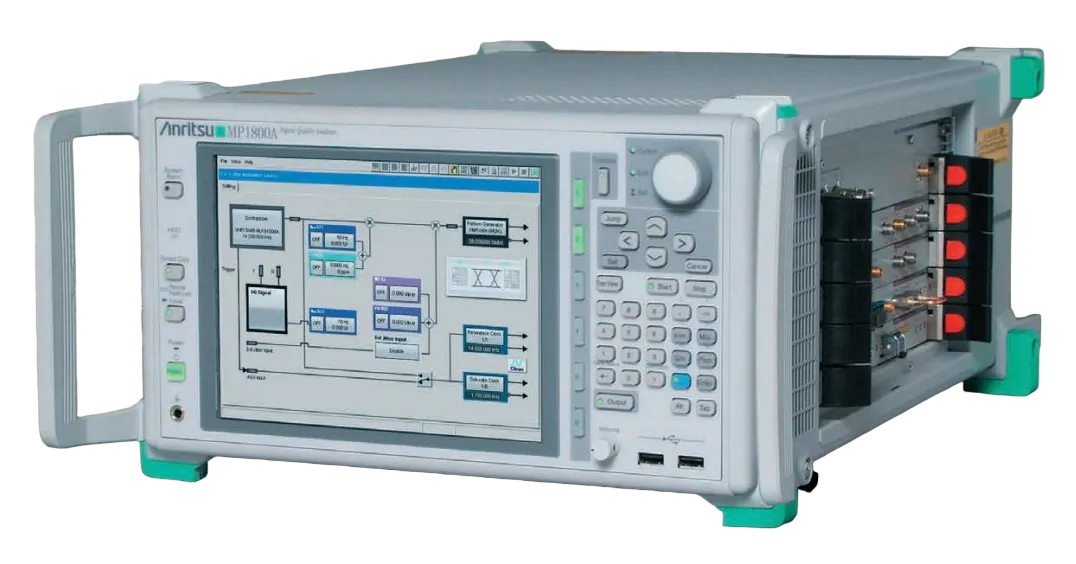 Mainframe
Mainframe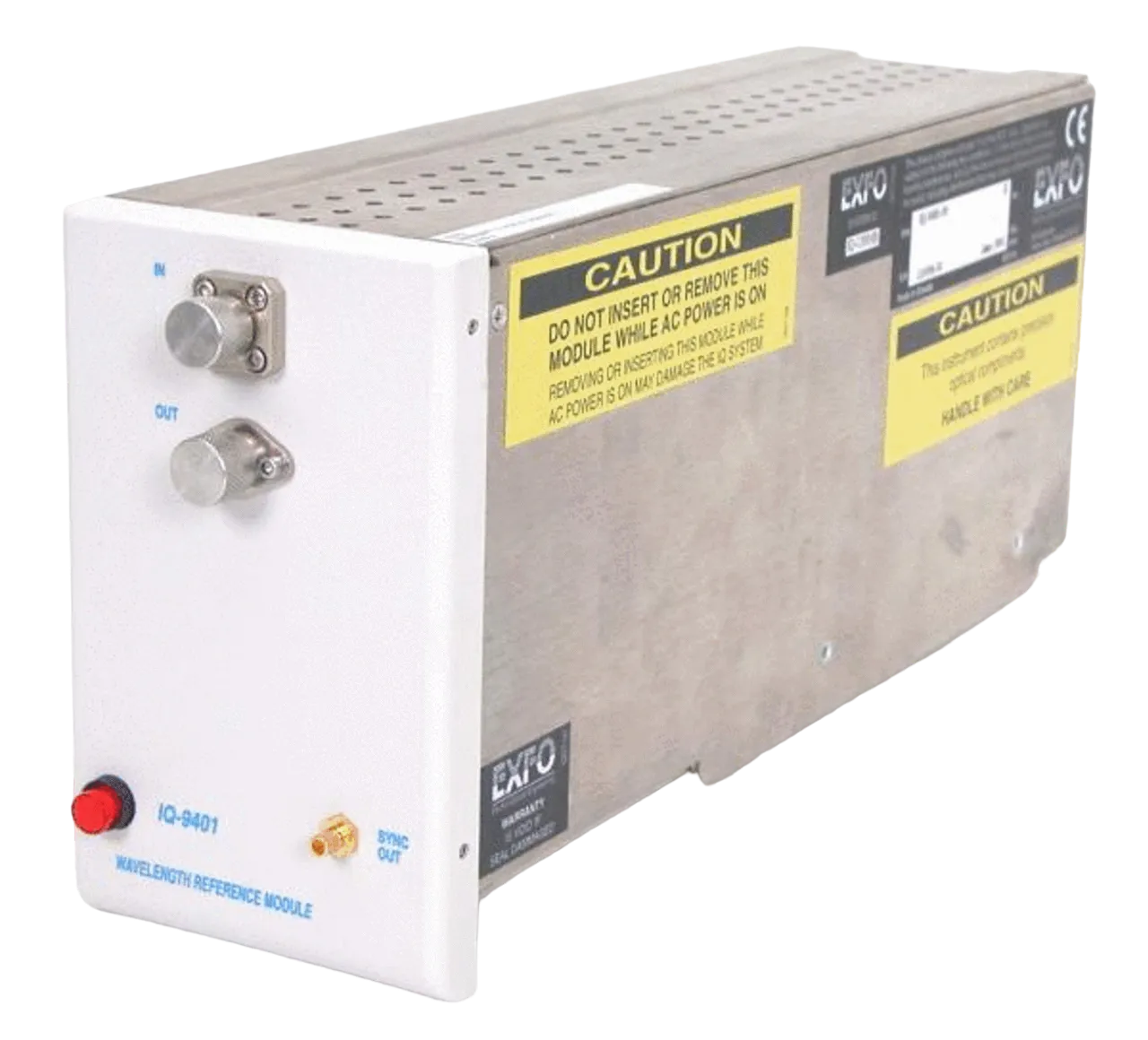 Module
Module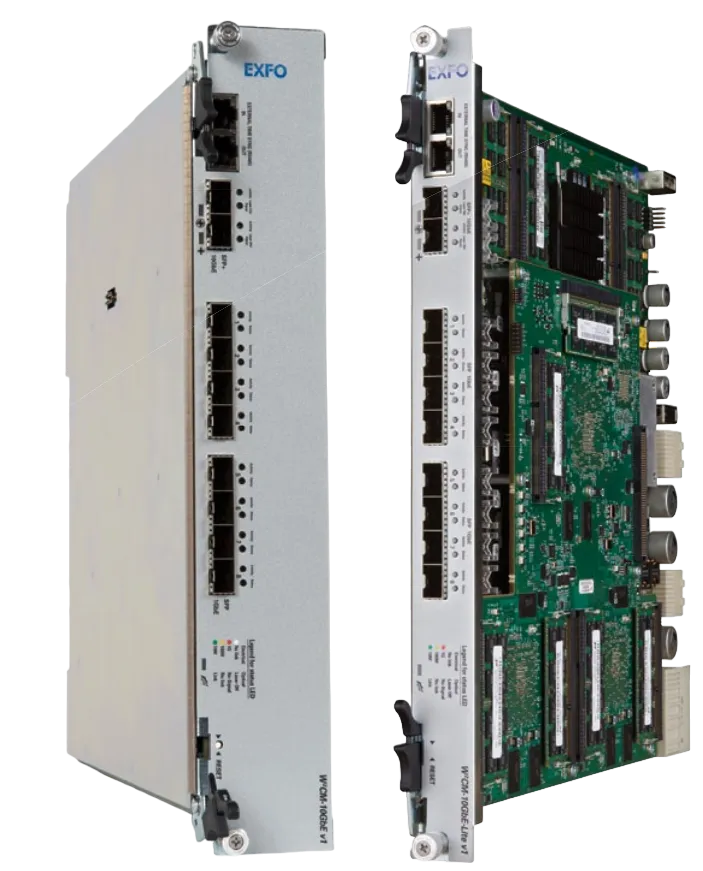 Interfaces(GPIB, Power)
Interfaces(GPIB, Power)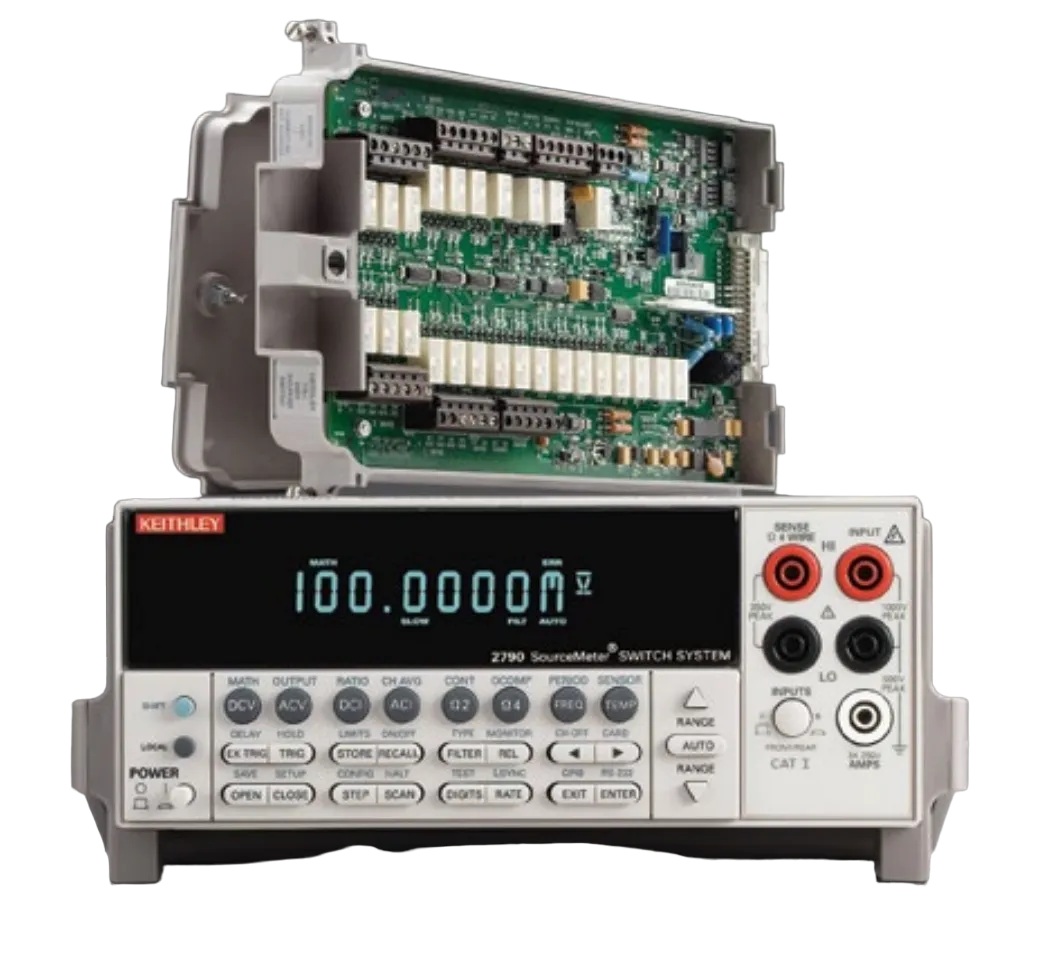 Switch
Switch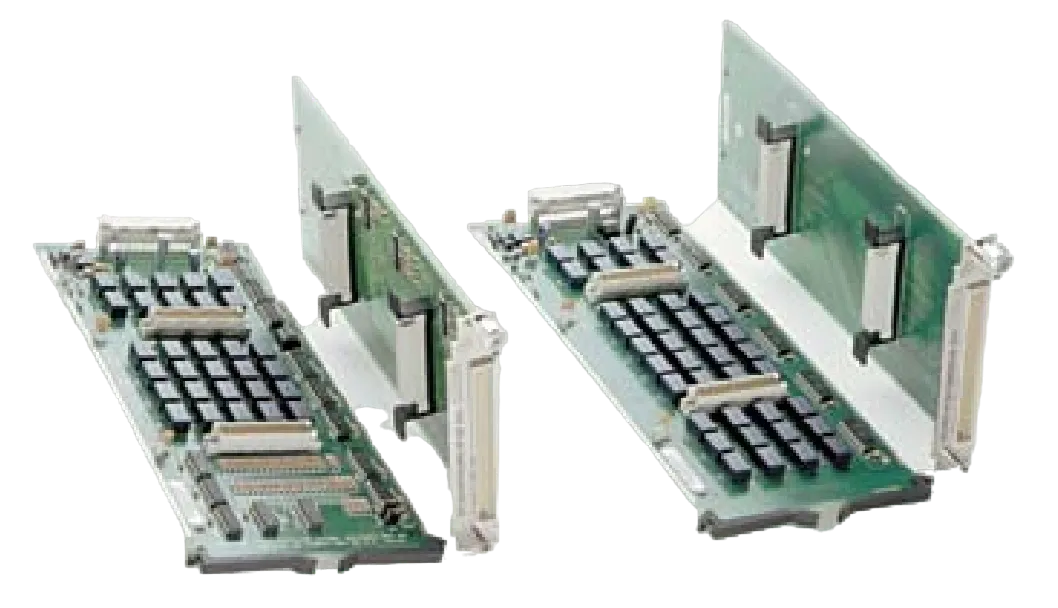 Matrix Cards
Matrix Cards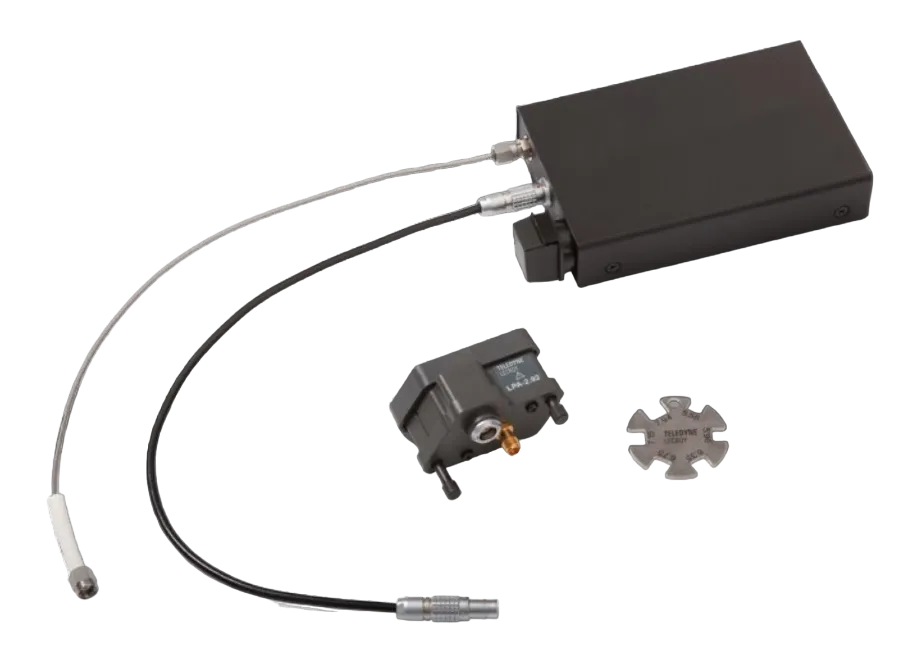 Converter
Converter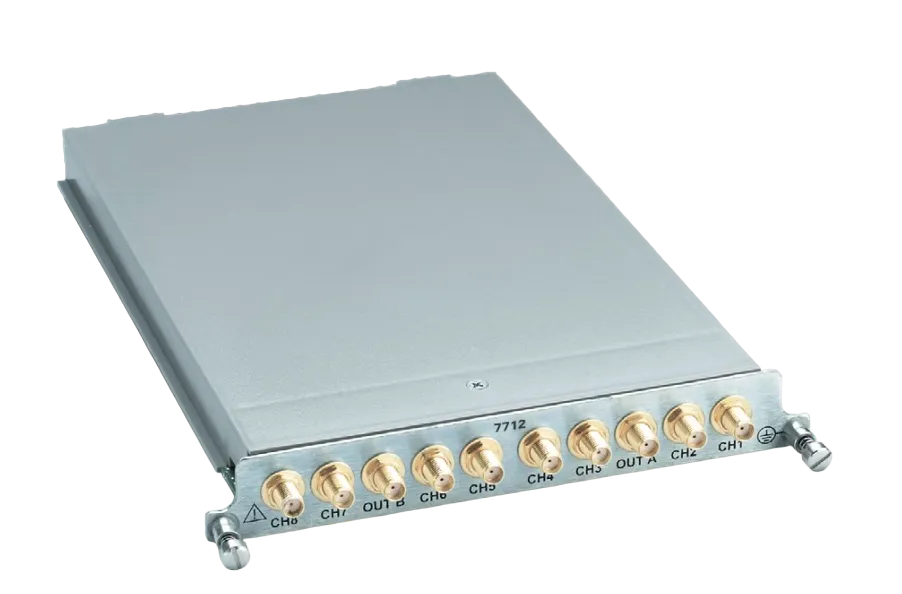 Multiplexer
Multiplexer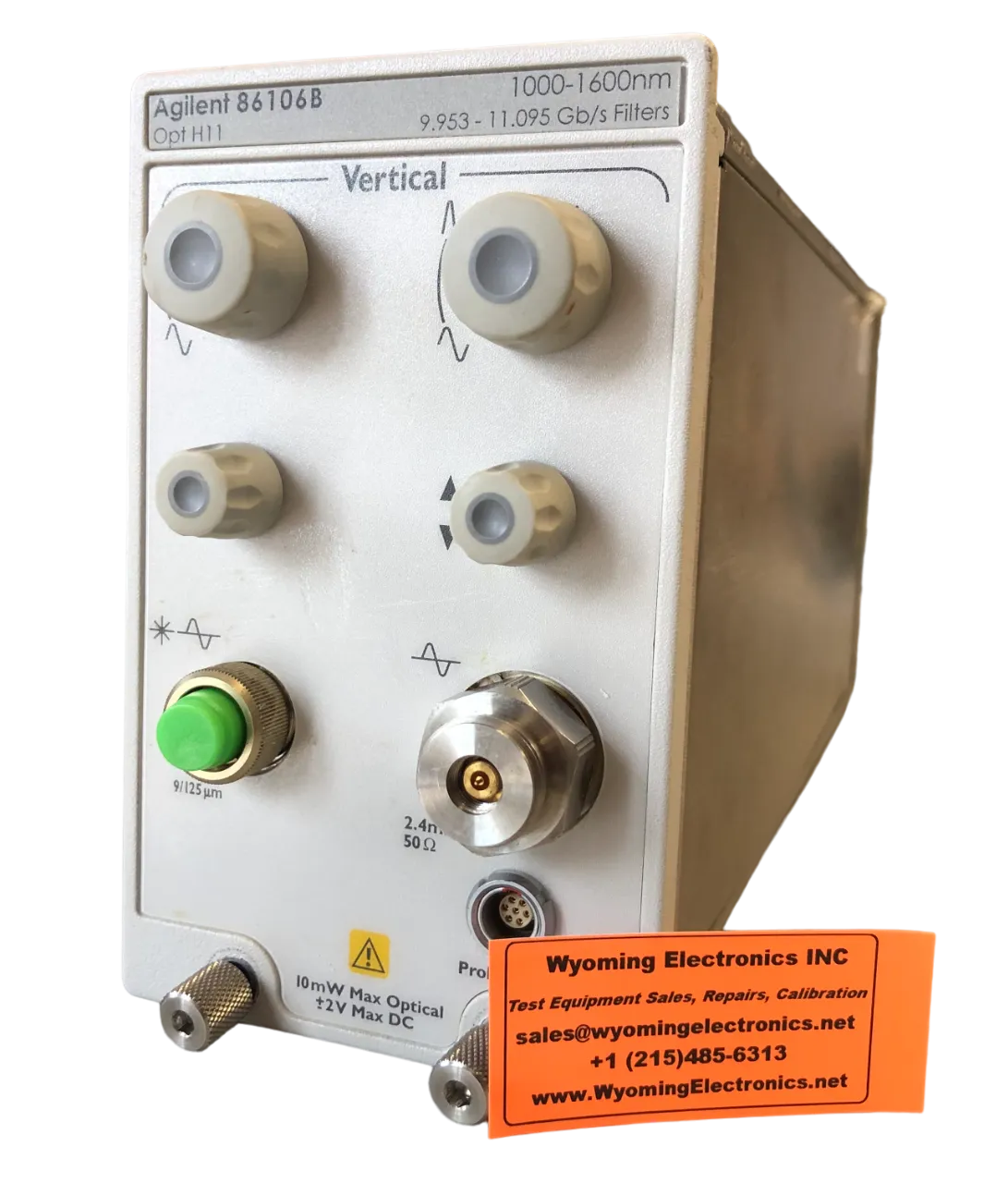 Plug-in
Plug-in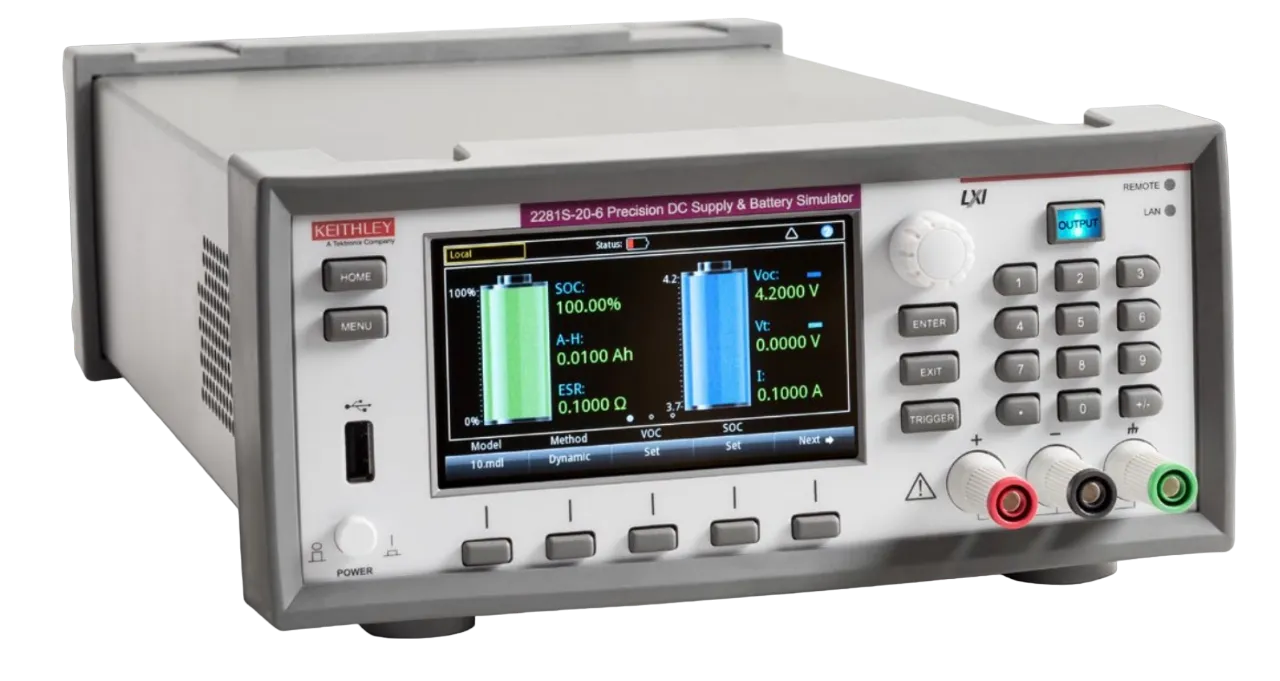 Simulator
Simulator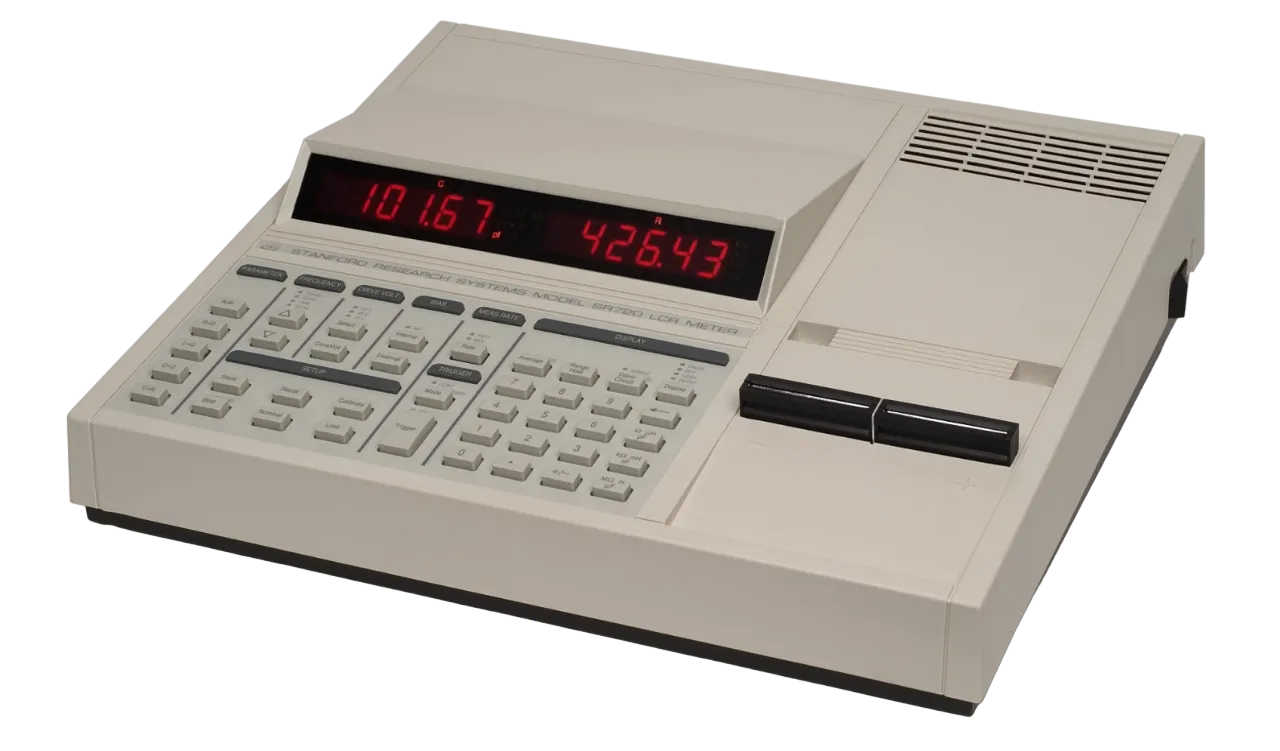 LCR Meters
LCR Meters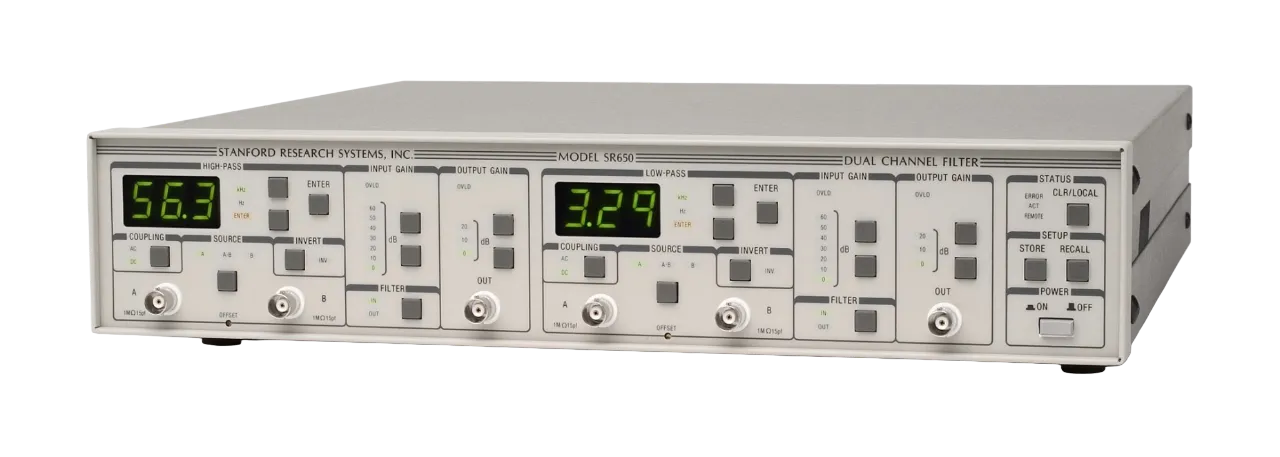 Filters
Filters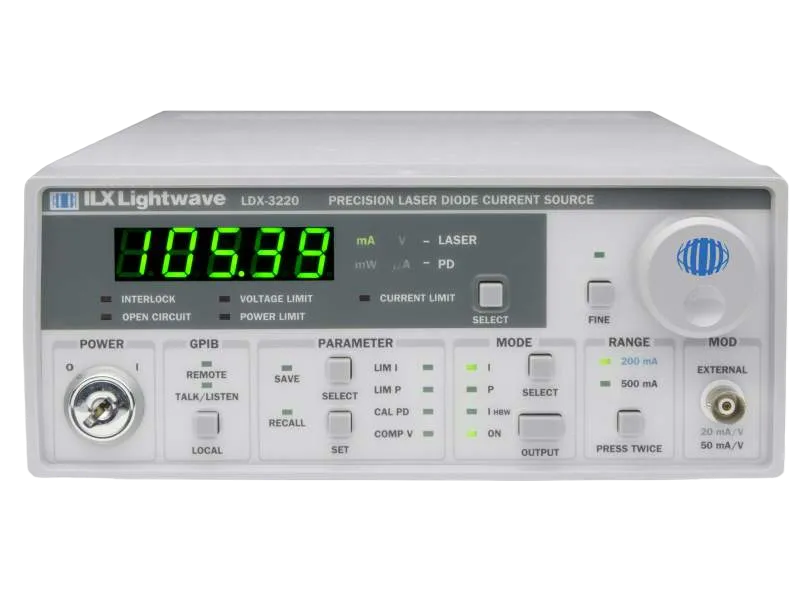 Laser Drivers
Laser Drivers Error Detectors
Error Detectors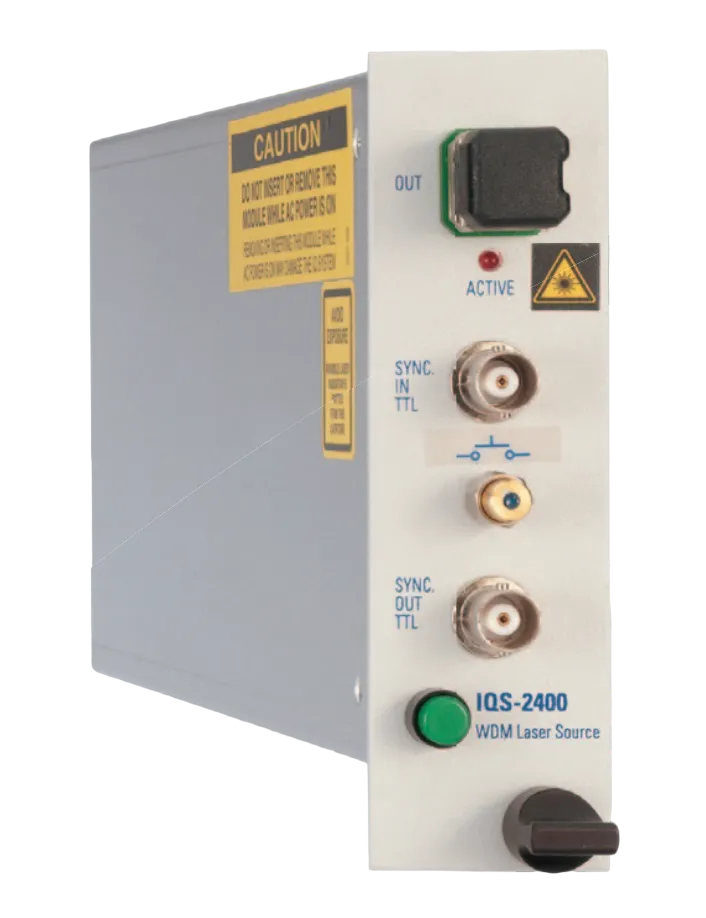 Laser Source
Laser Source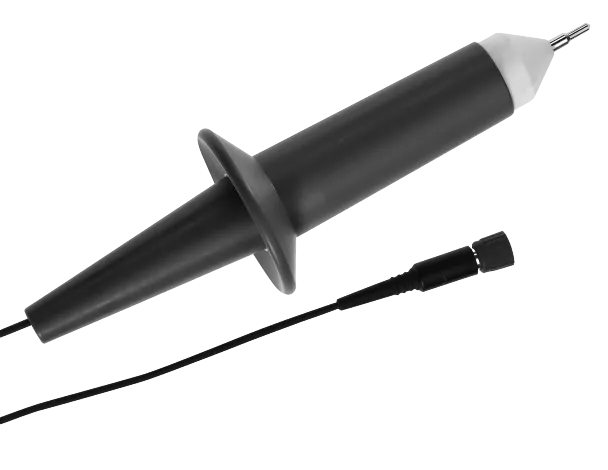 Probe
Probe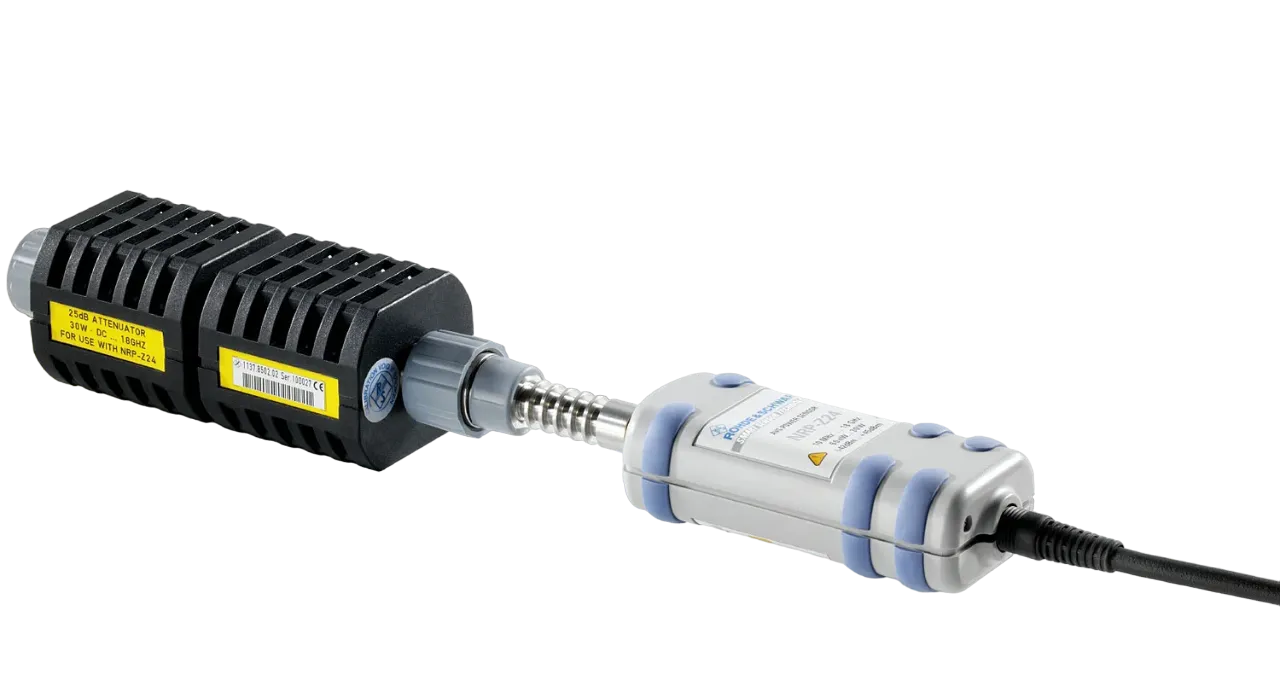 Power Sensor
Power Sensor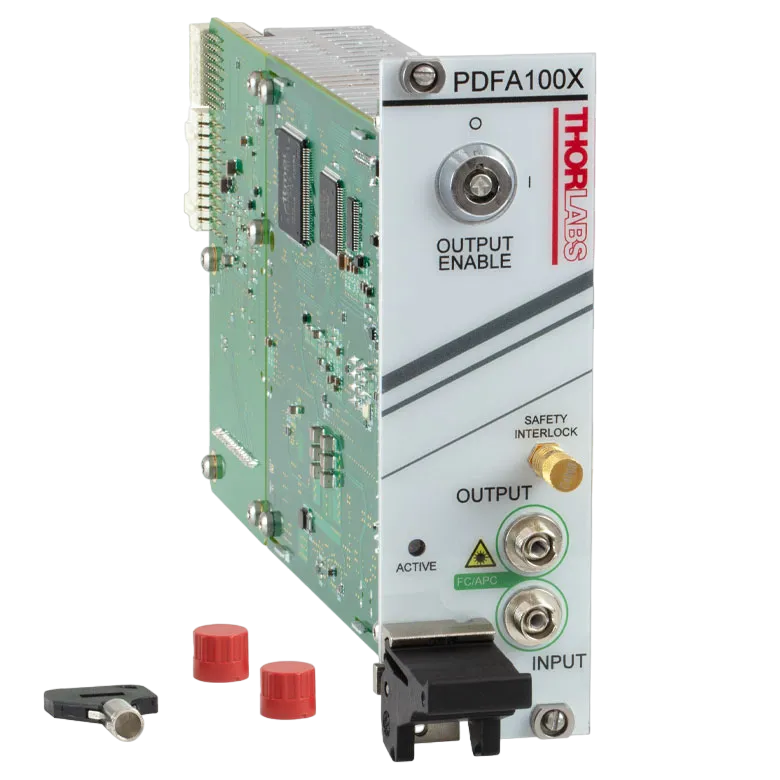 Amplifier
Amplifier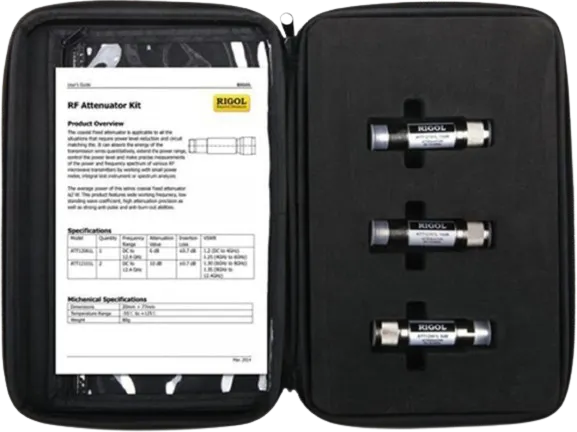 Attenuator
Attenuator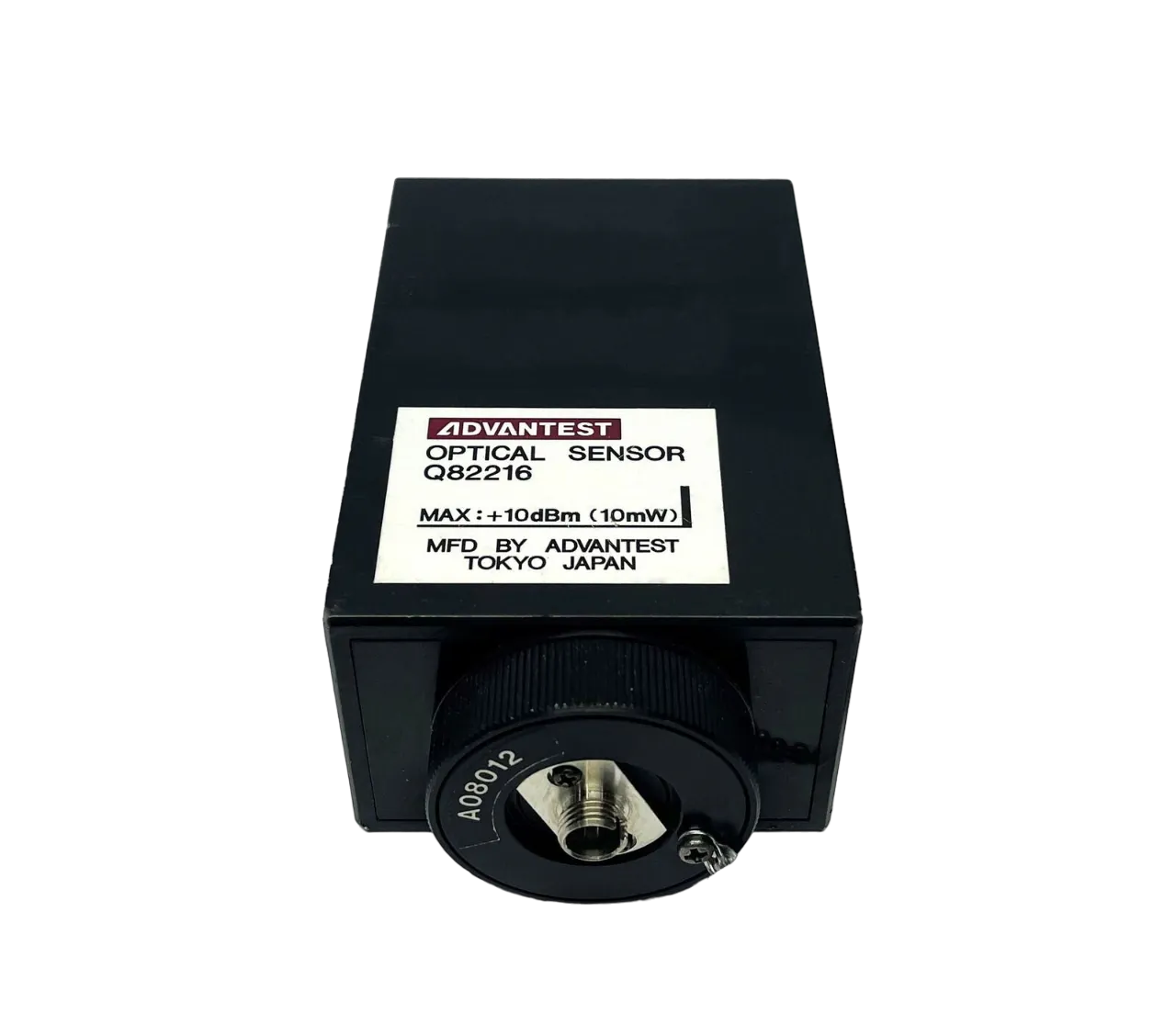 Optical Sensor
Optical Sensor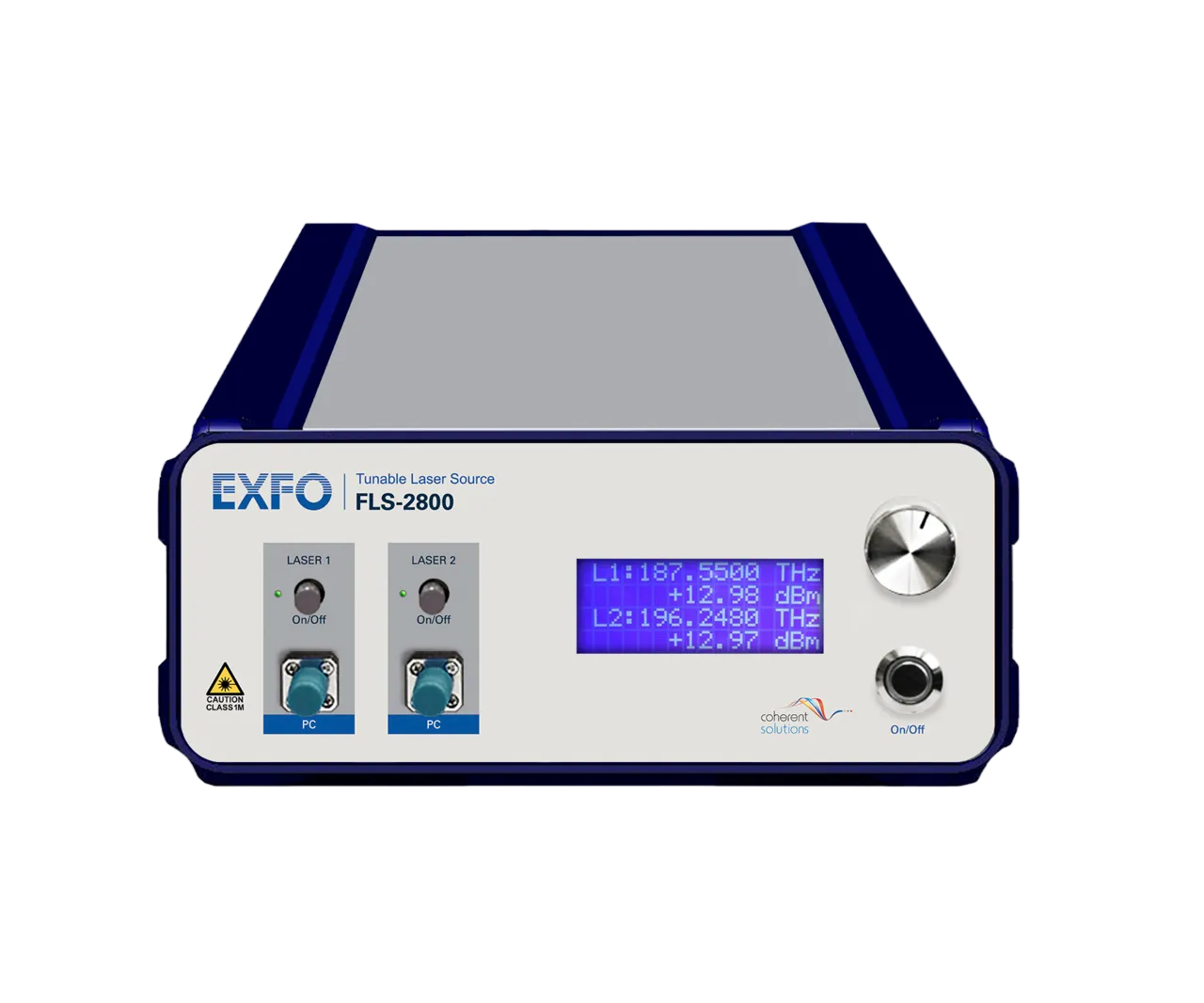 Light/LED Source
Light/LED Source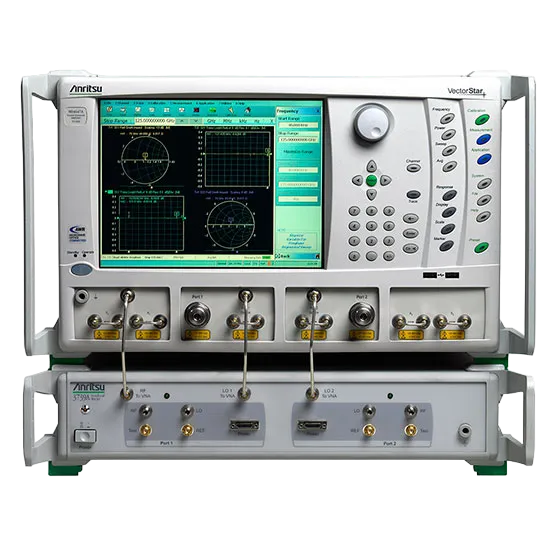 Broadband / Noise Source
Broadband / Noise Source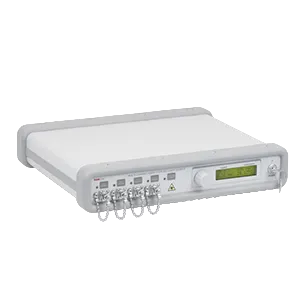 Optical / Fiber Source
Optical / Fiber Source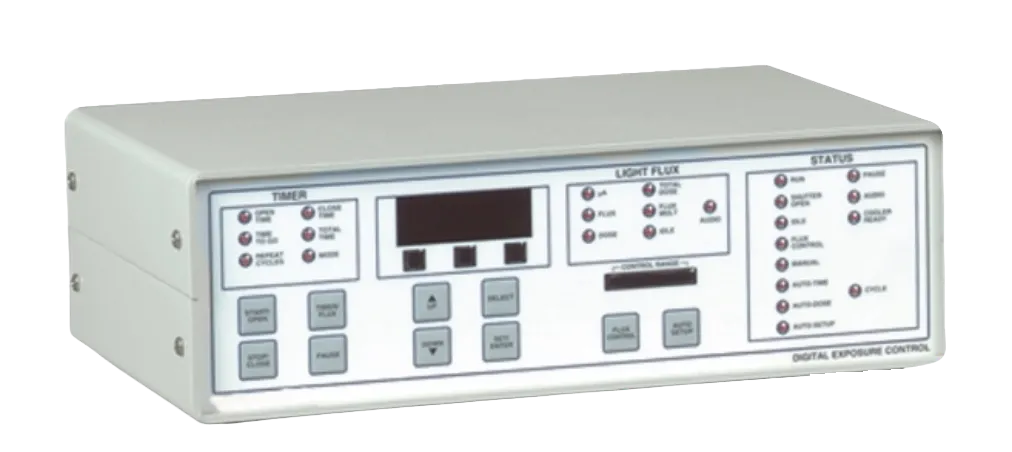 Power Supply
Power Supply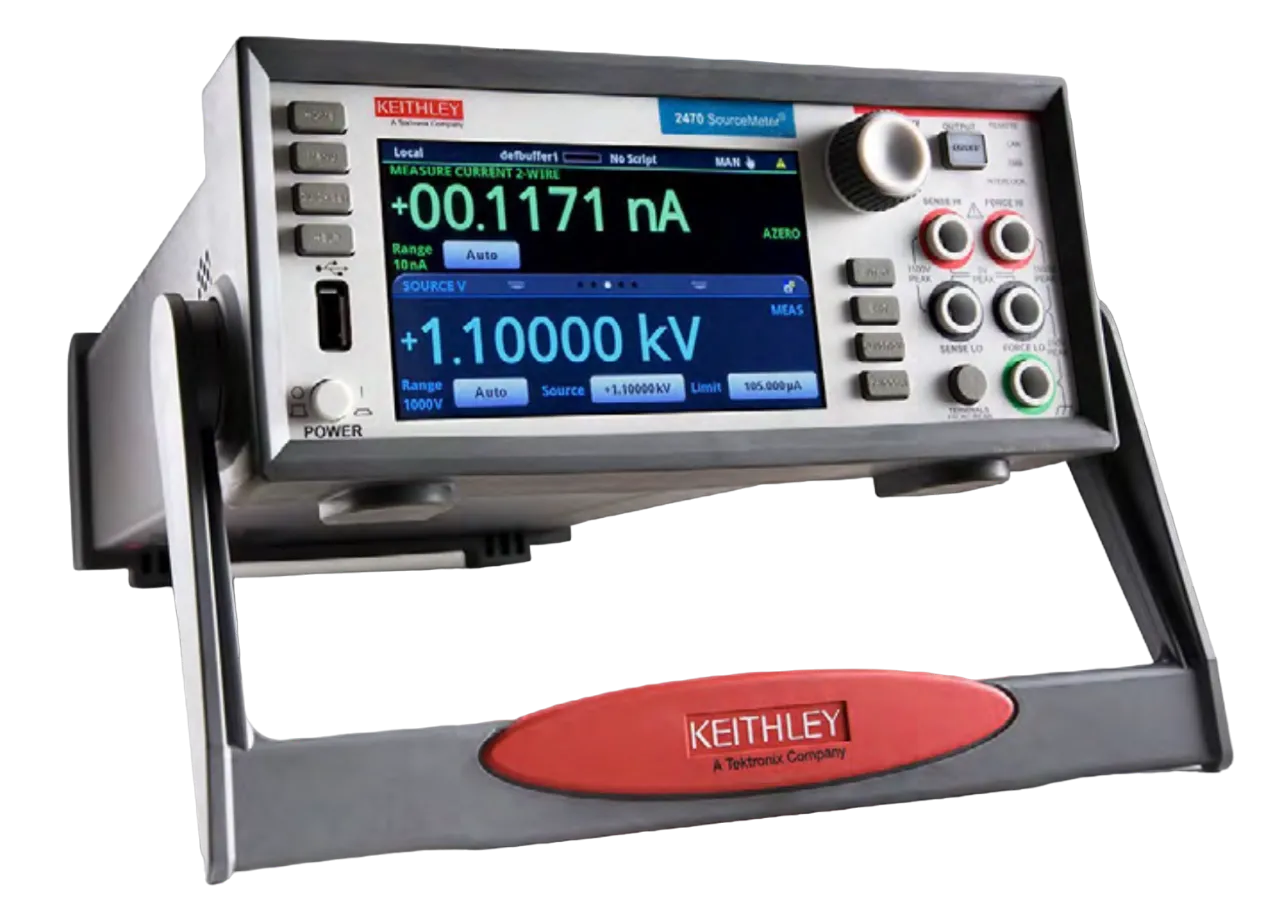 Voltage Source
Voltage Source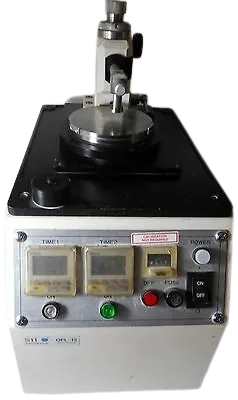 Polisher
Polisher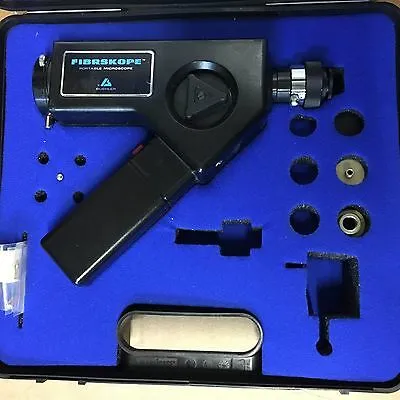 Microscope
Microscope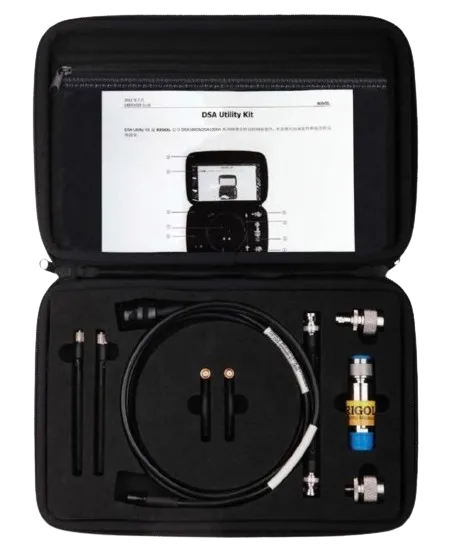 Adapter
Adapter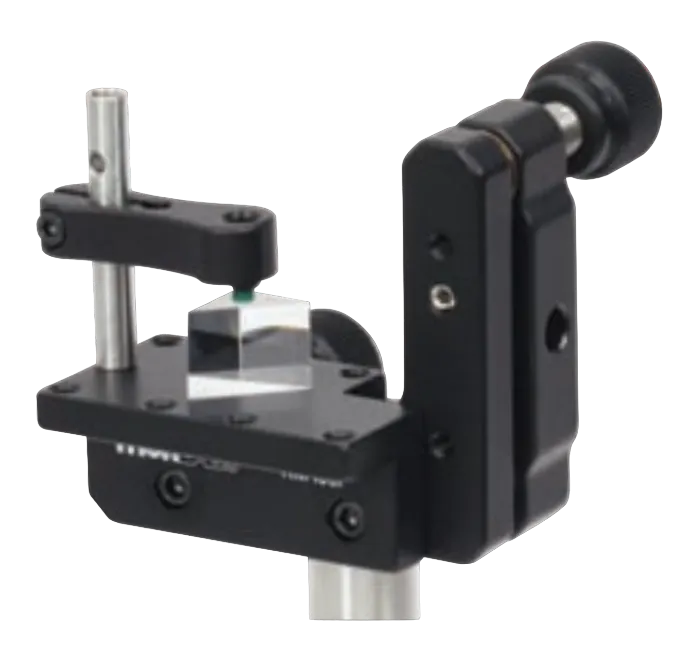 Platforms/Mounts
Platforms/Mounts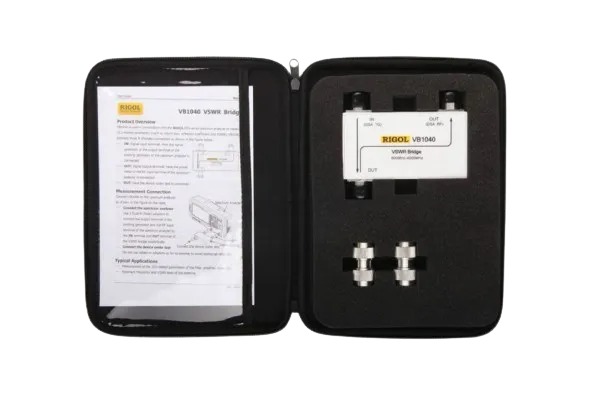 Bridges
Bridges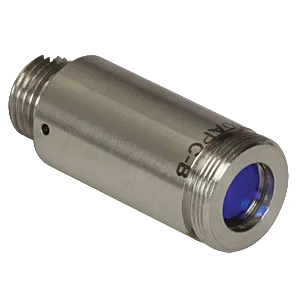 Connectors & Accessories
Connectors & Accessories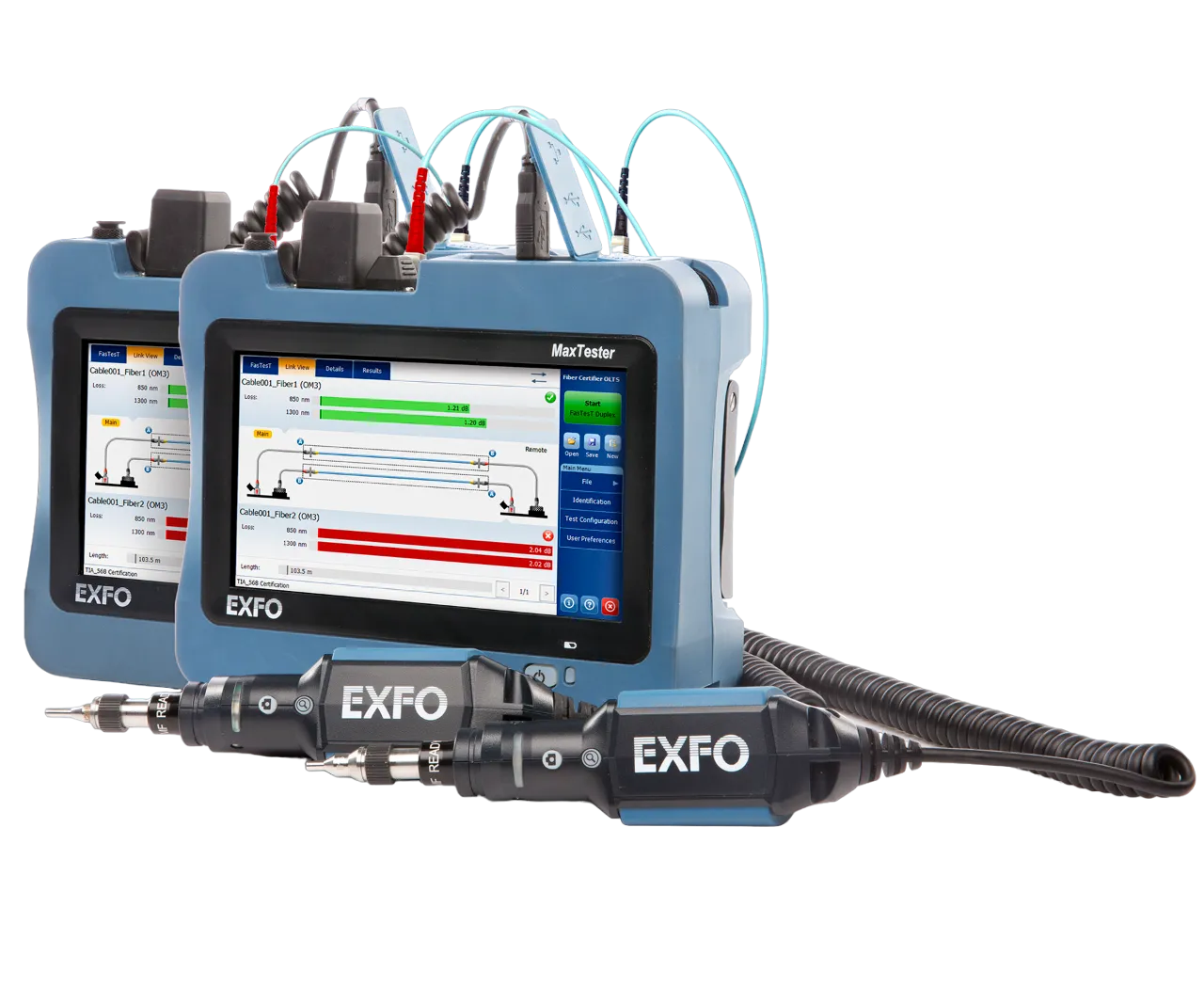 View All Products >
View All Products >
